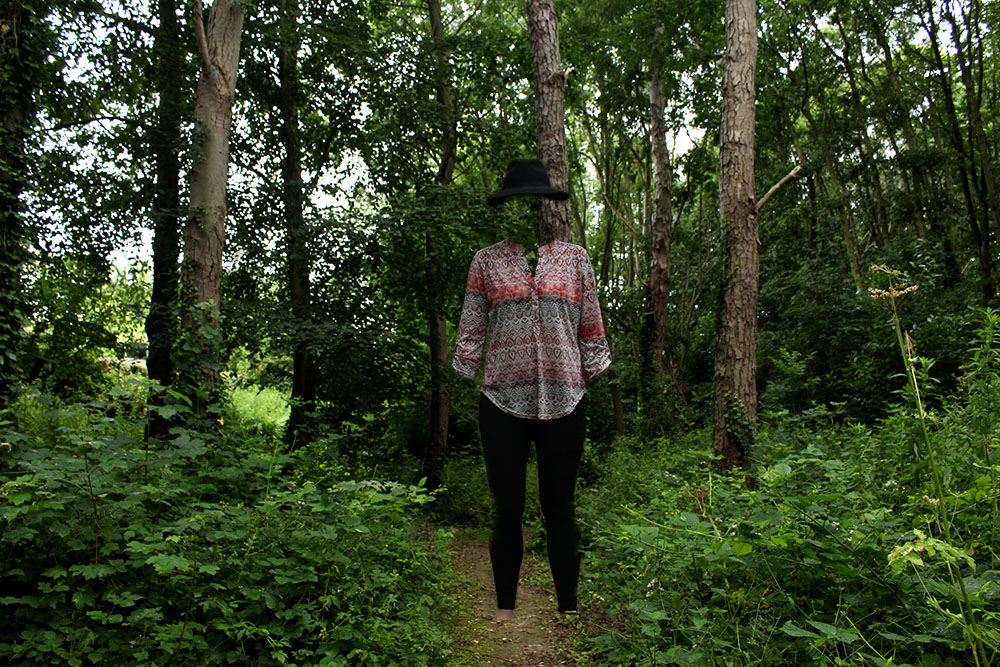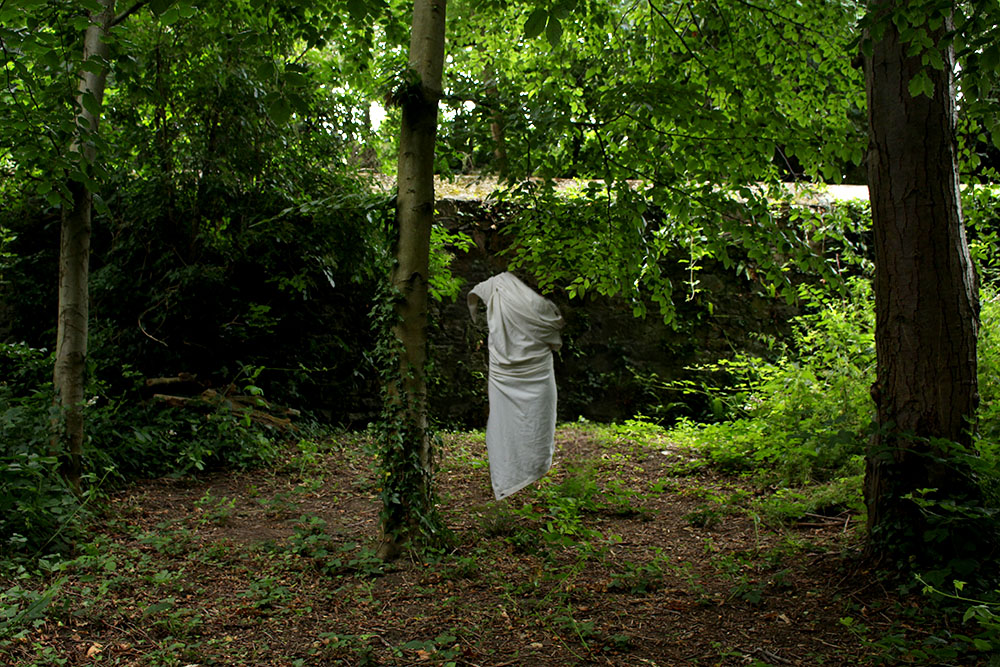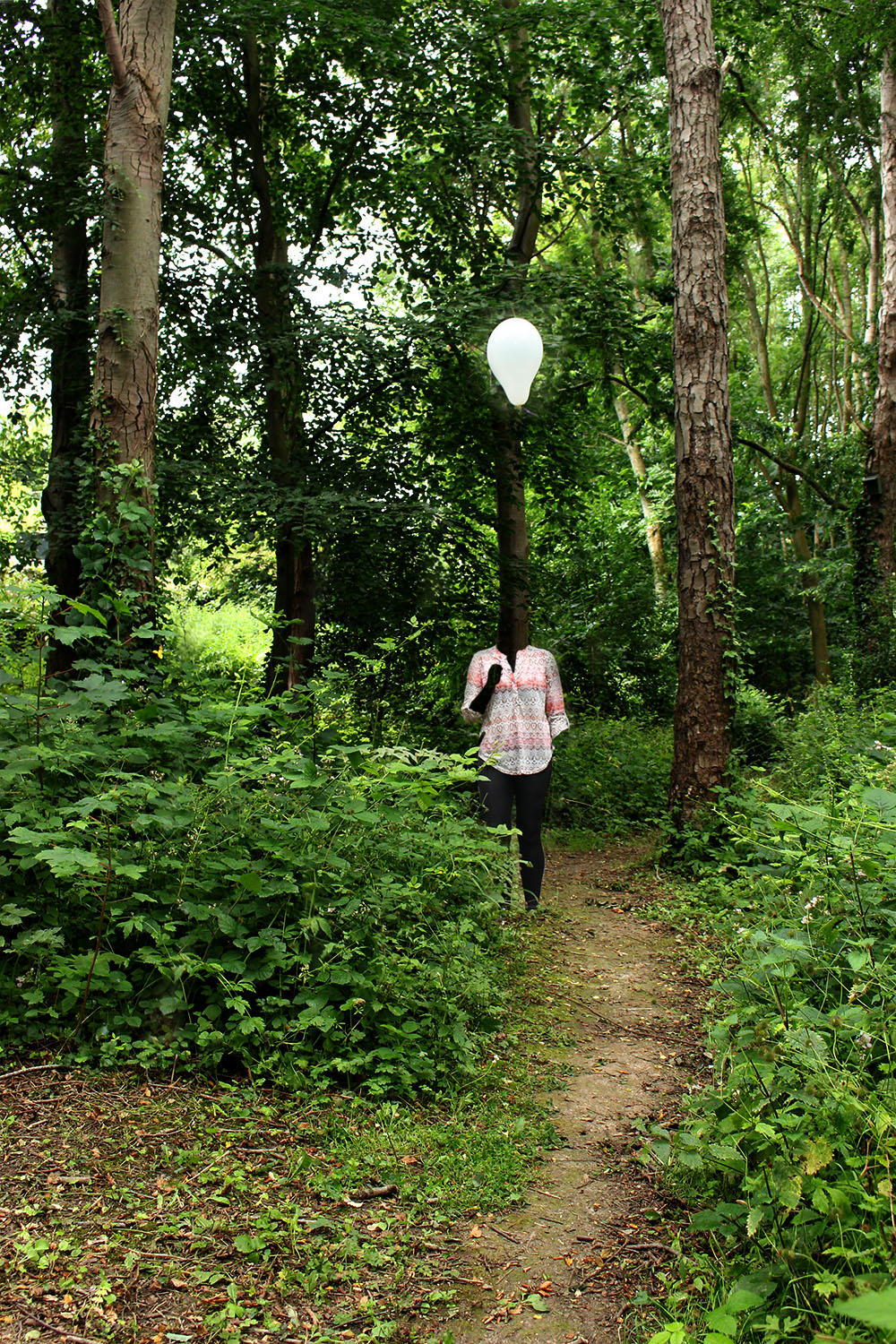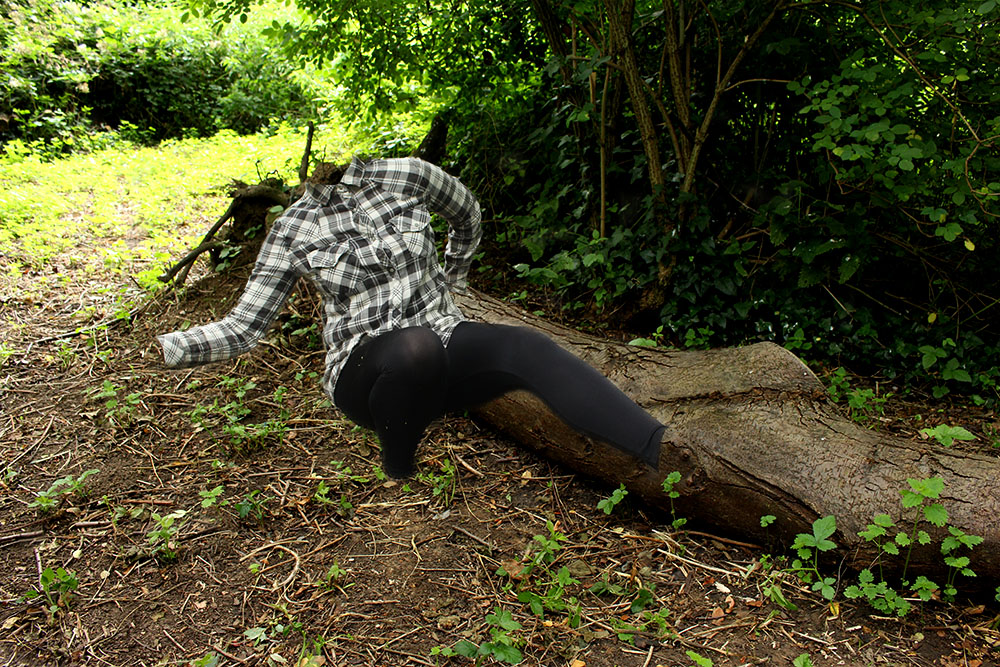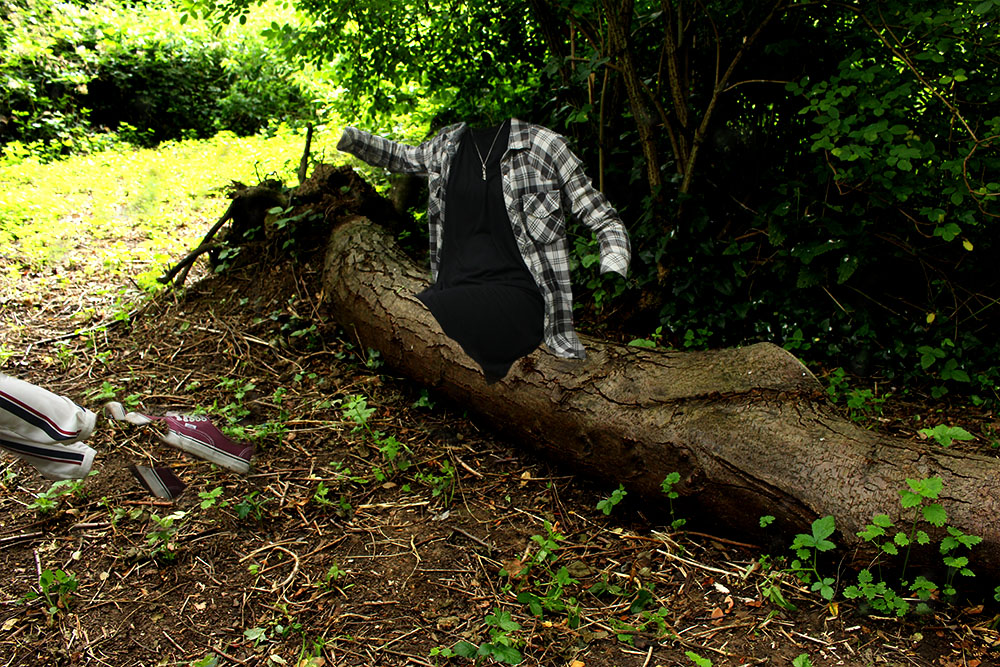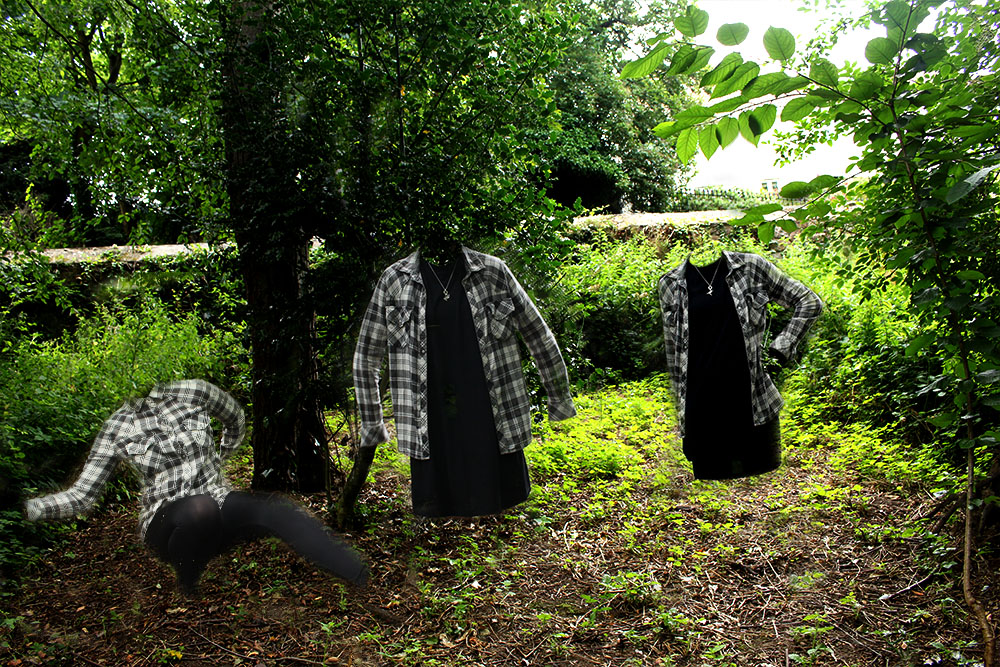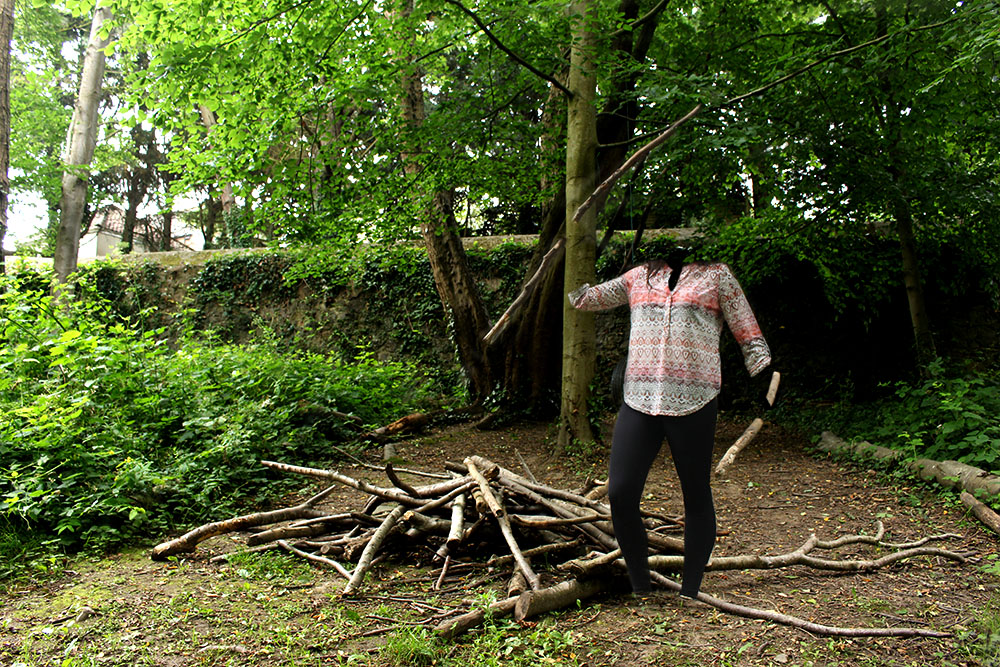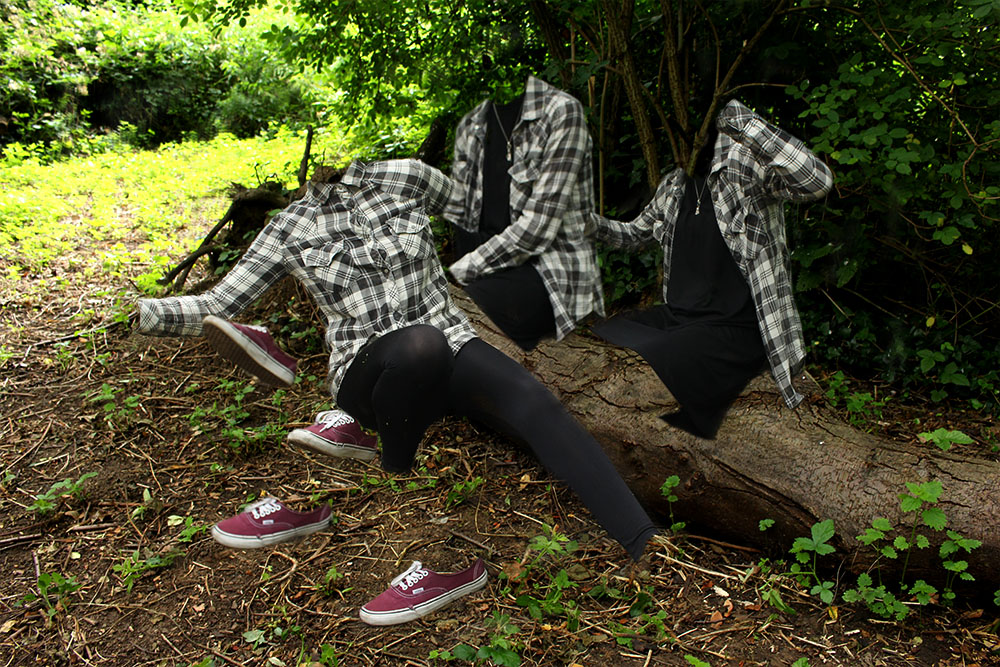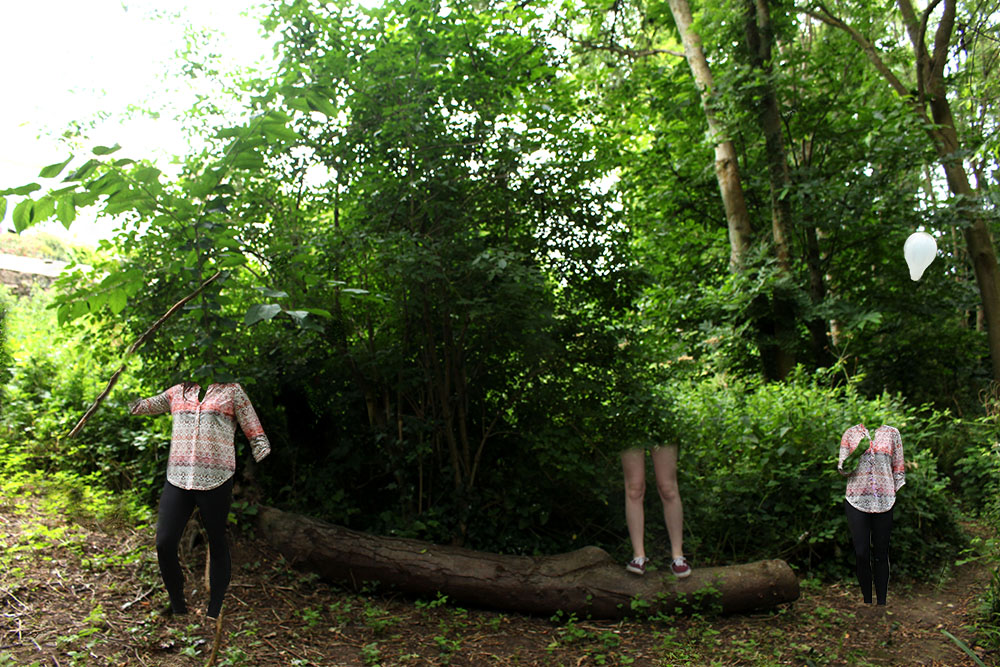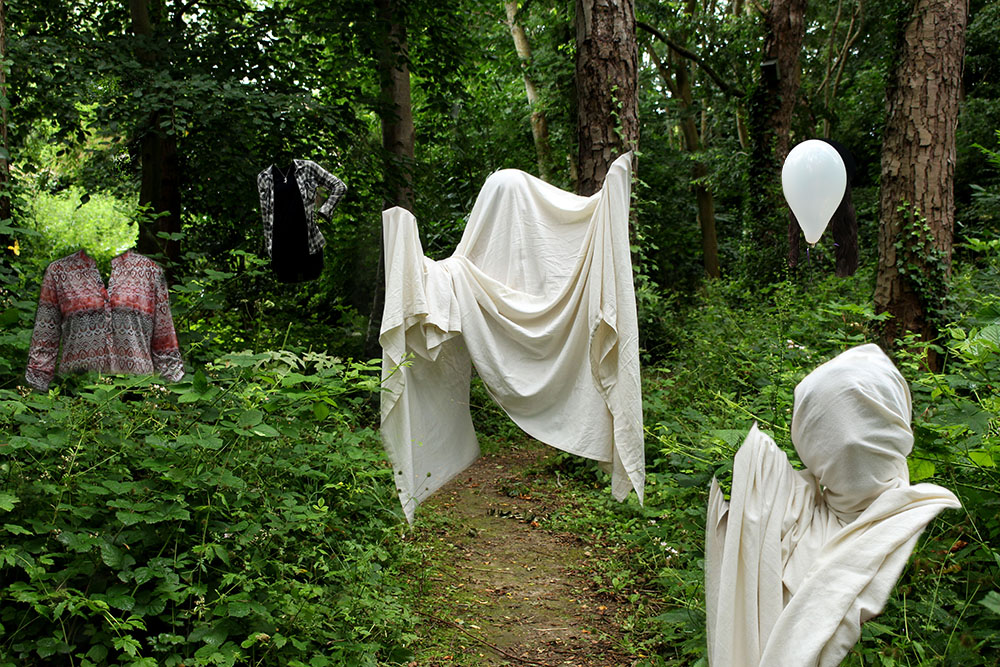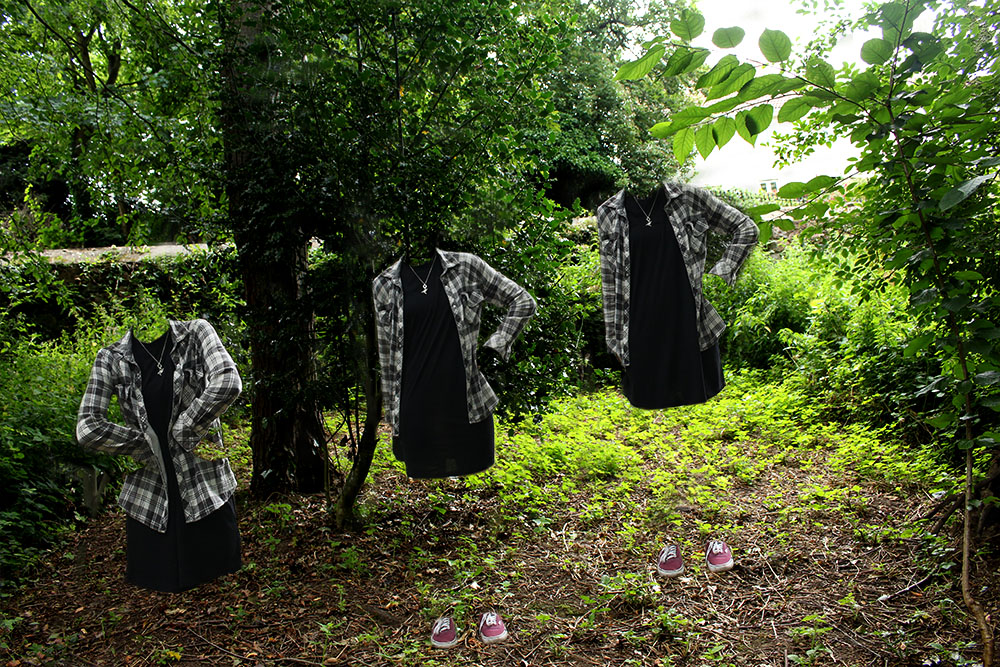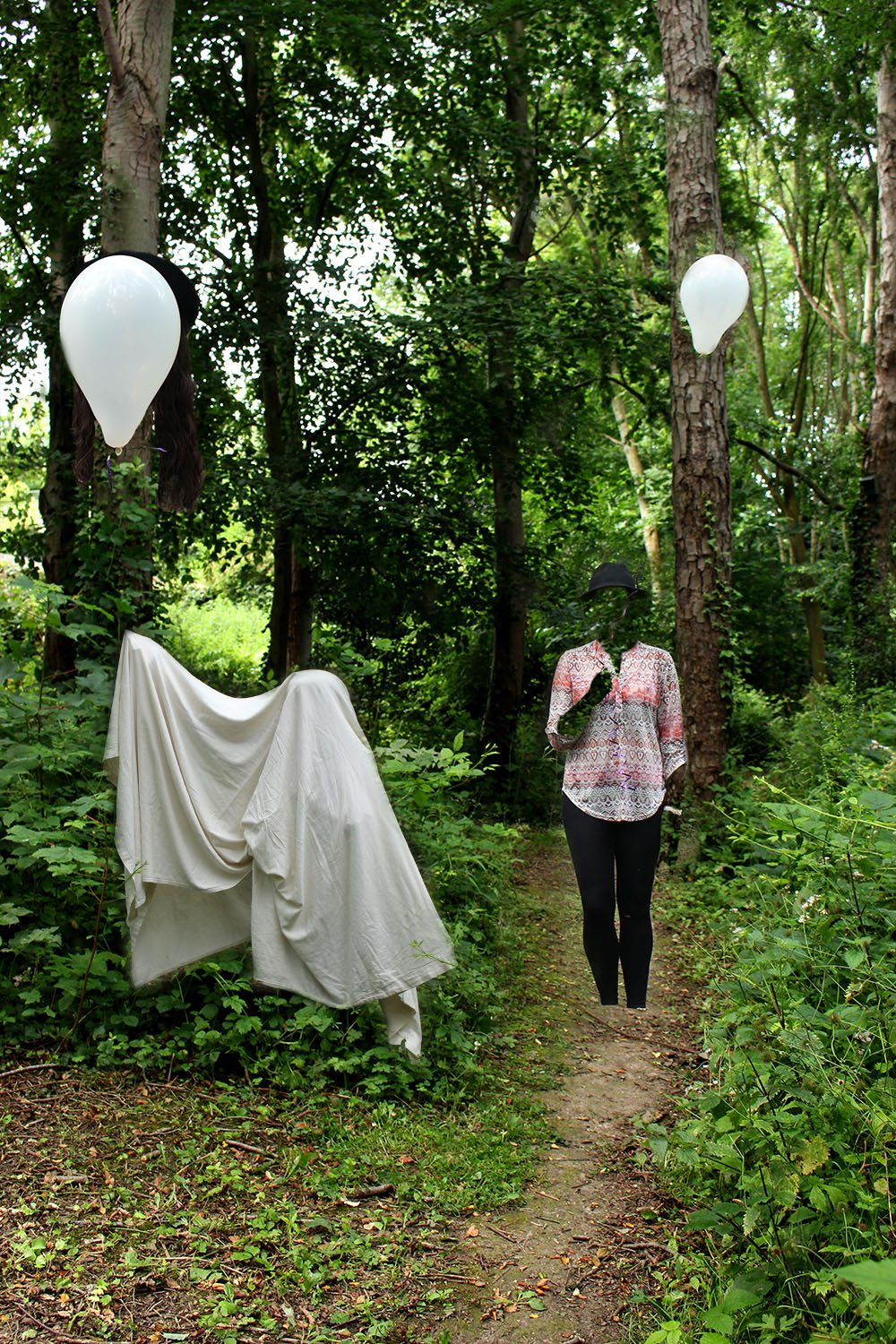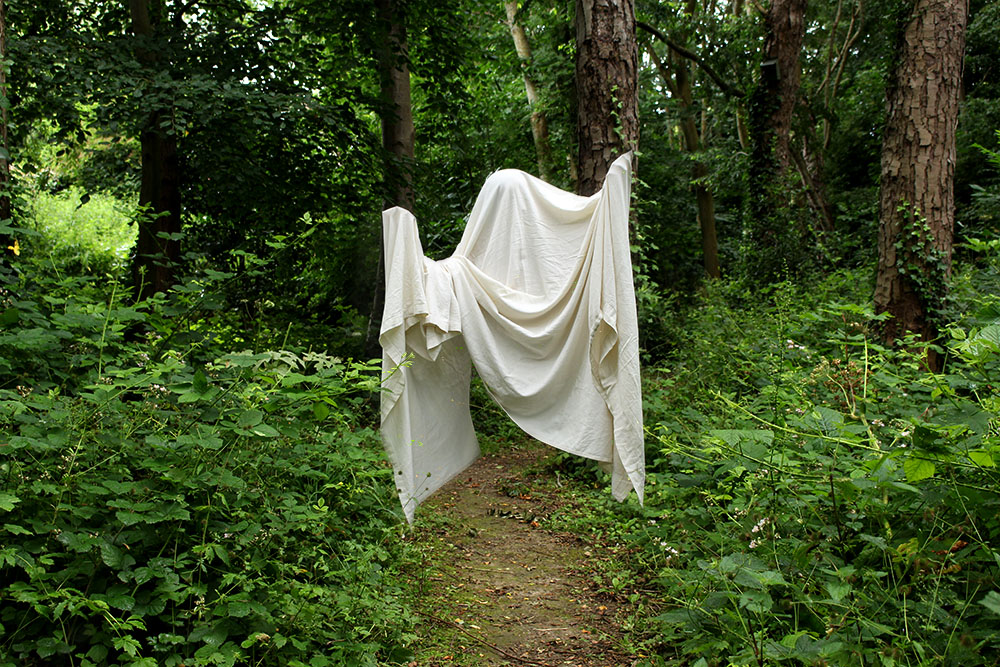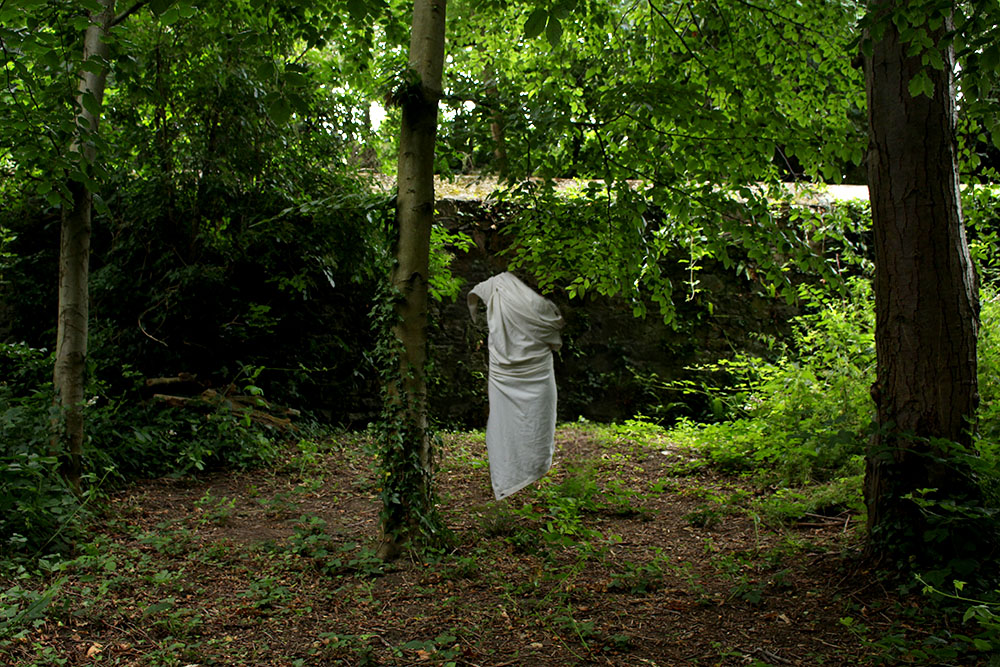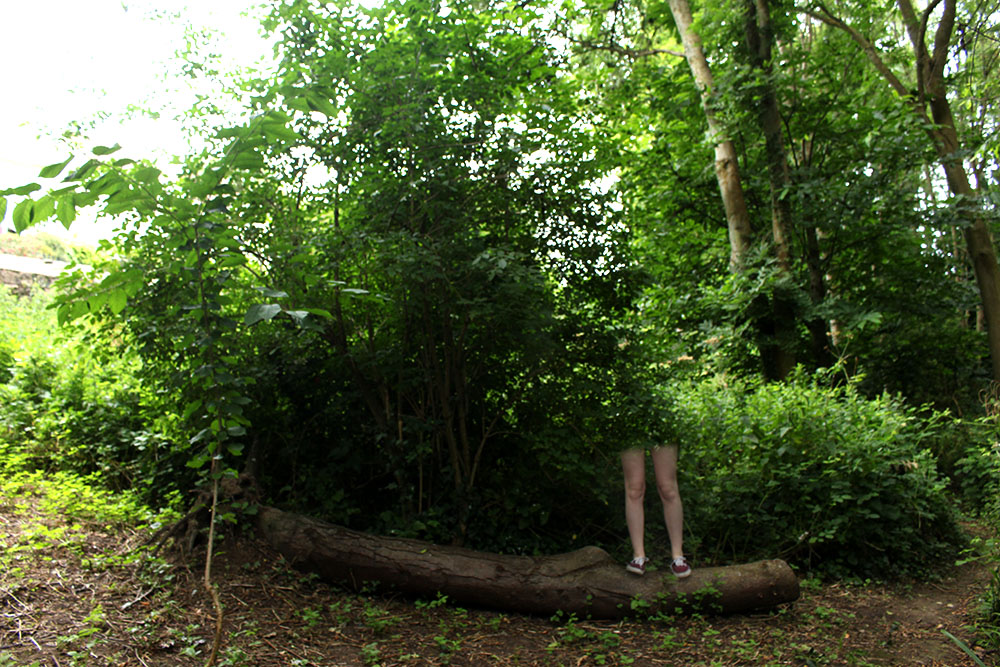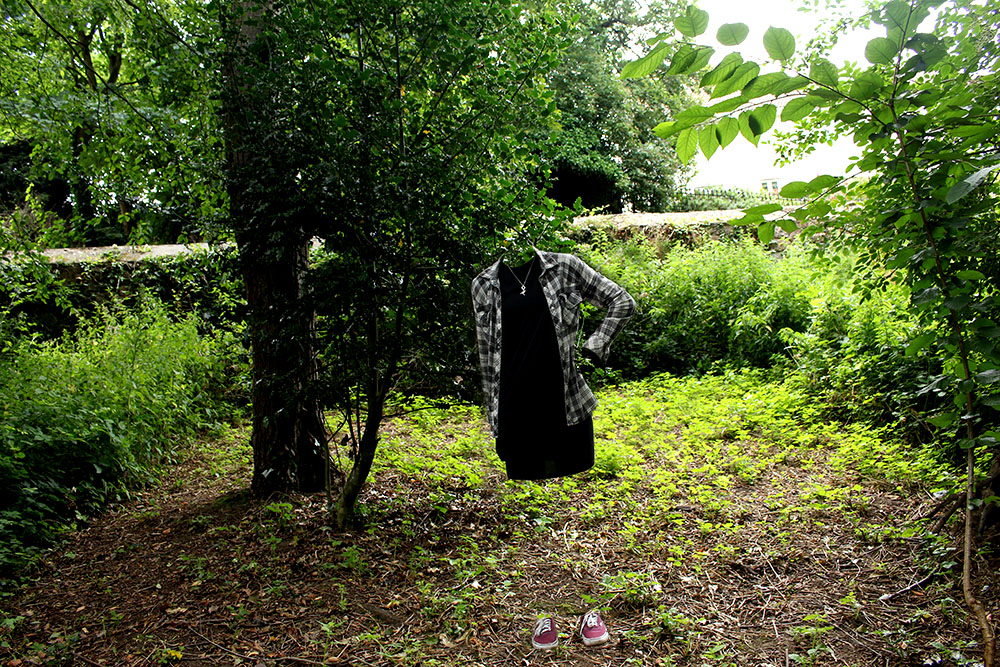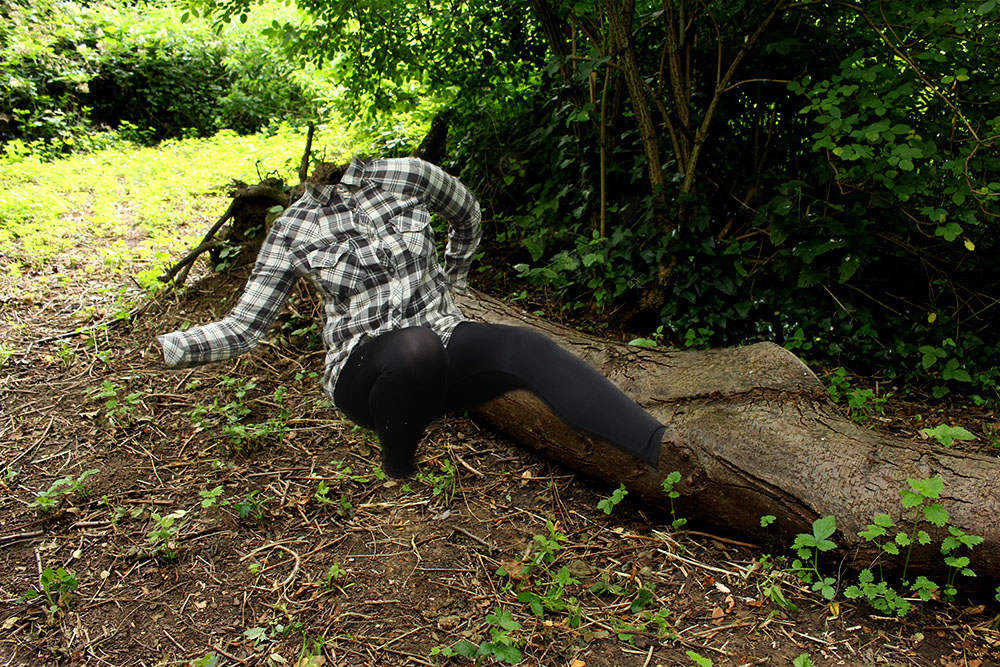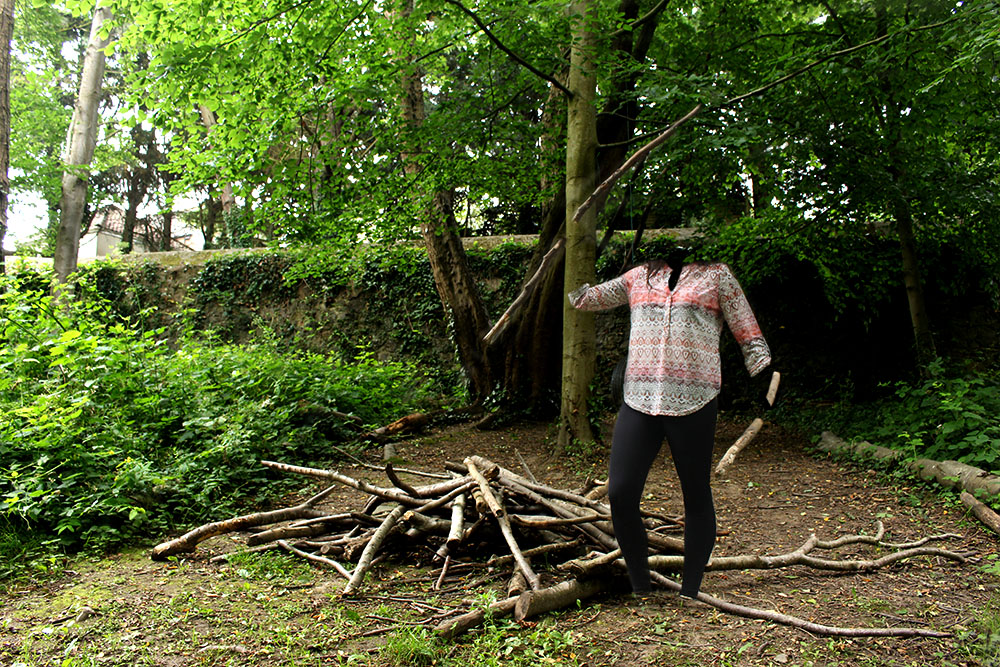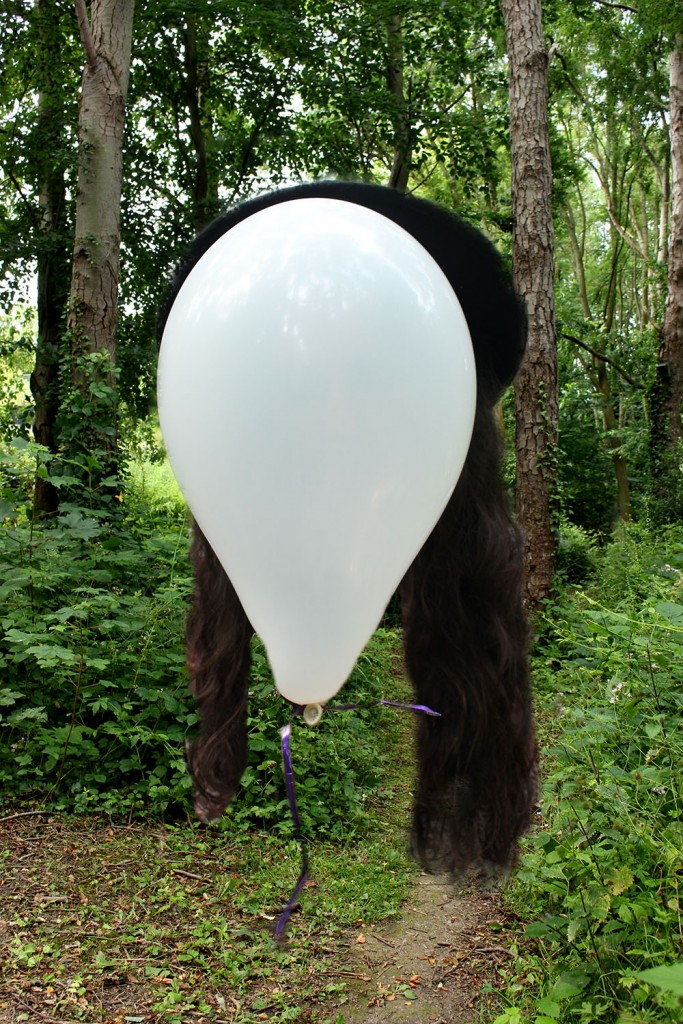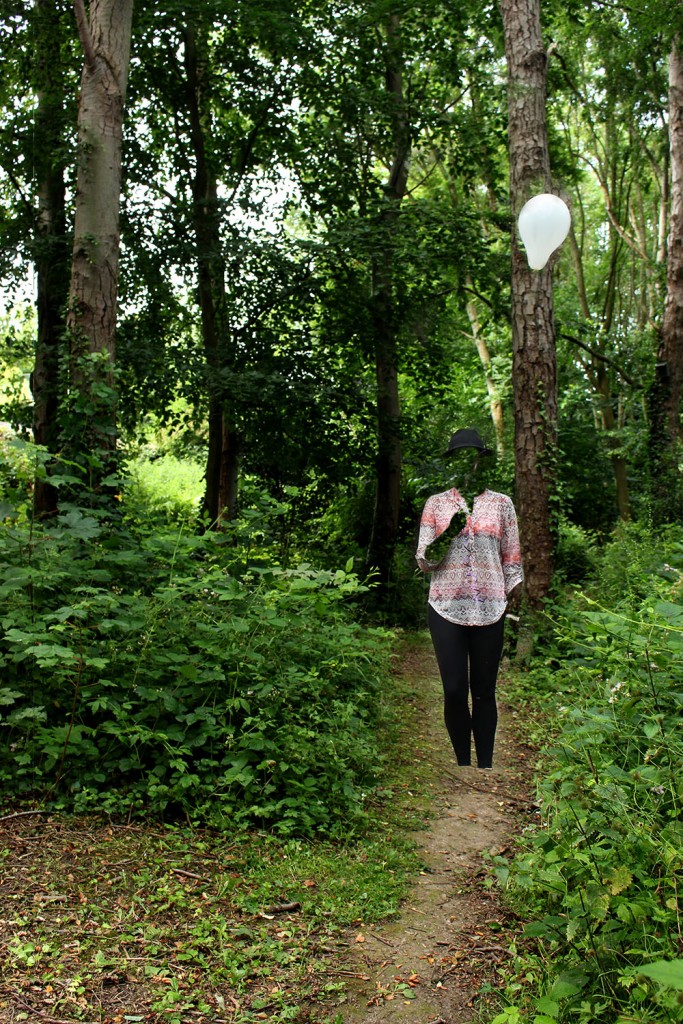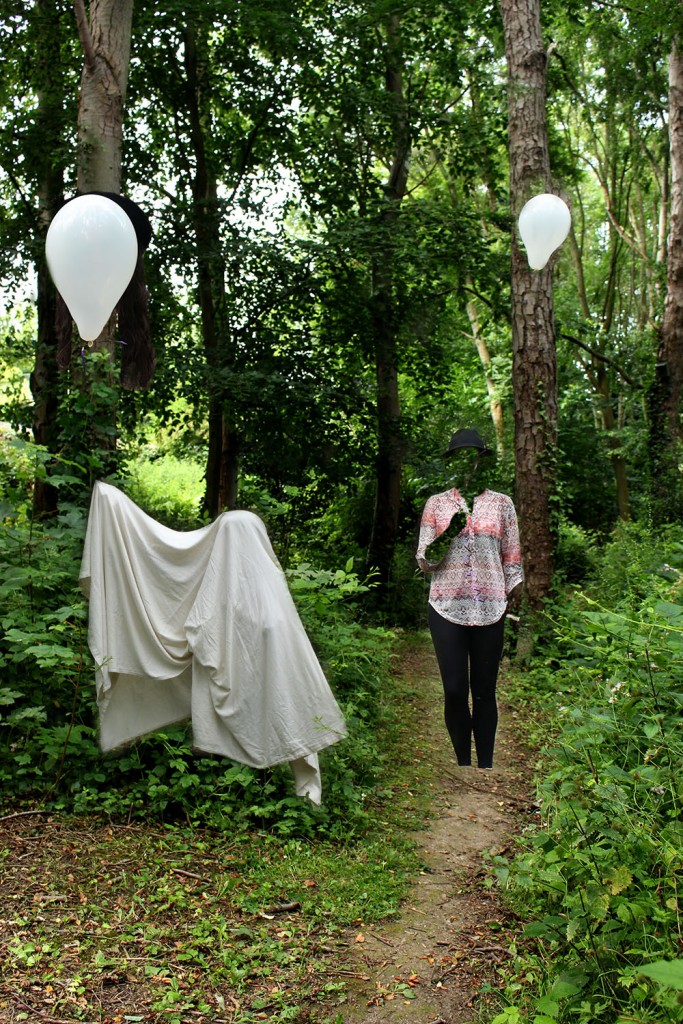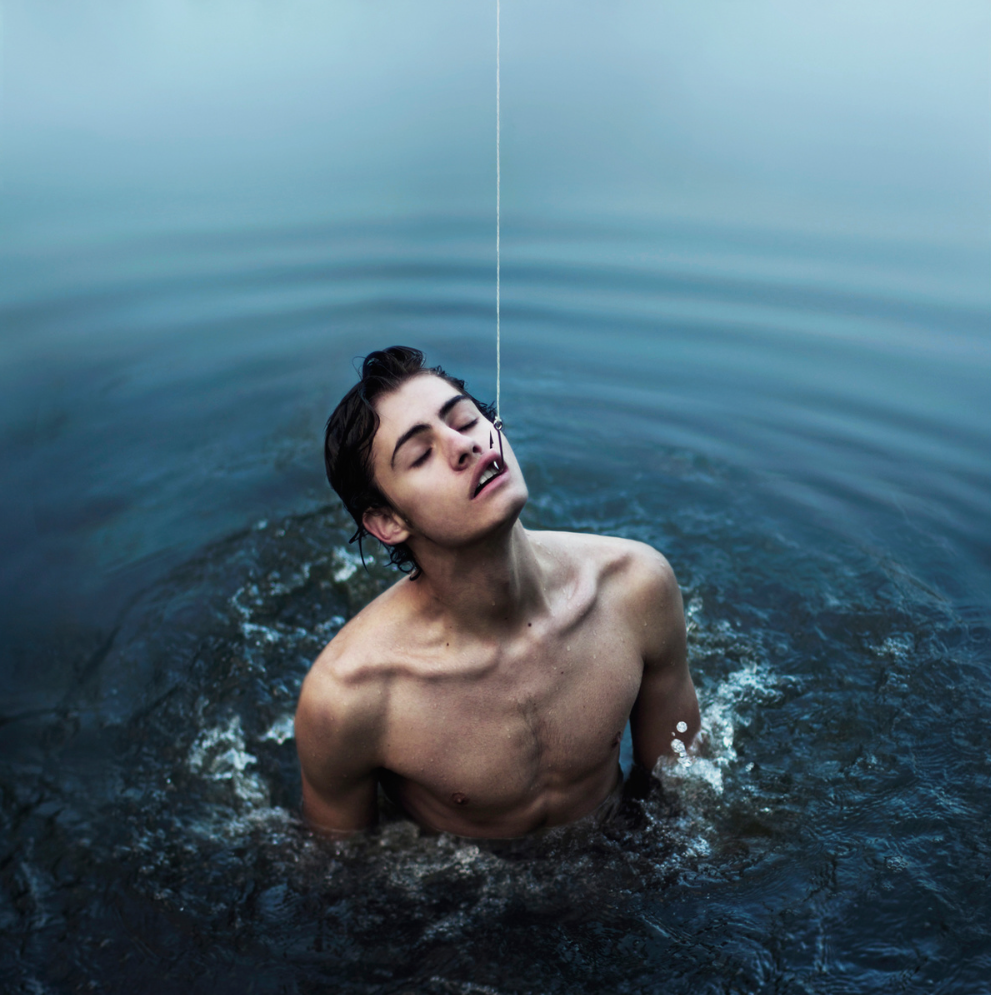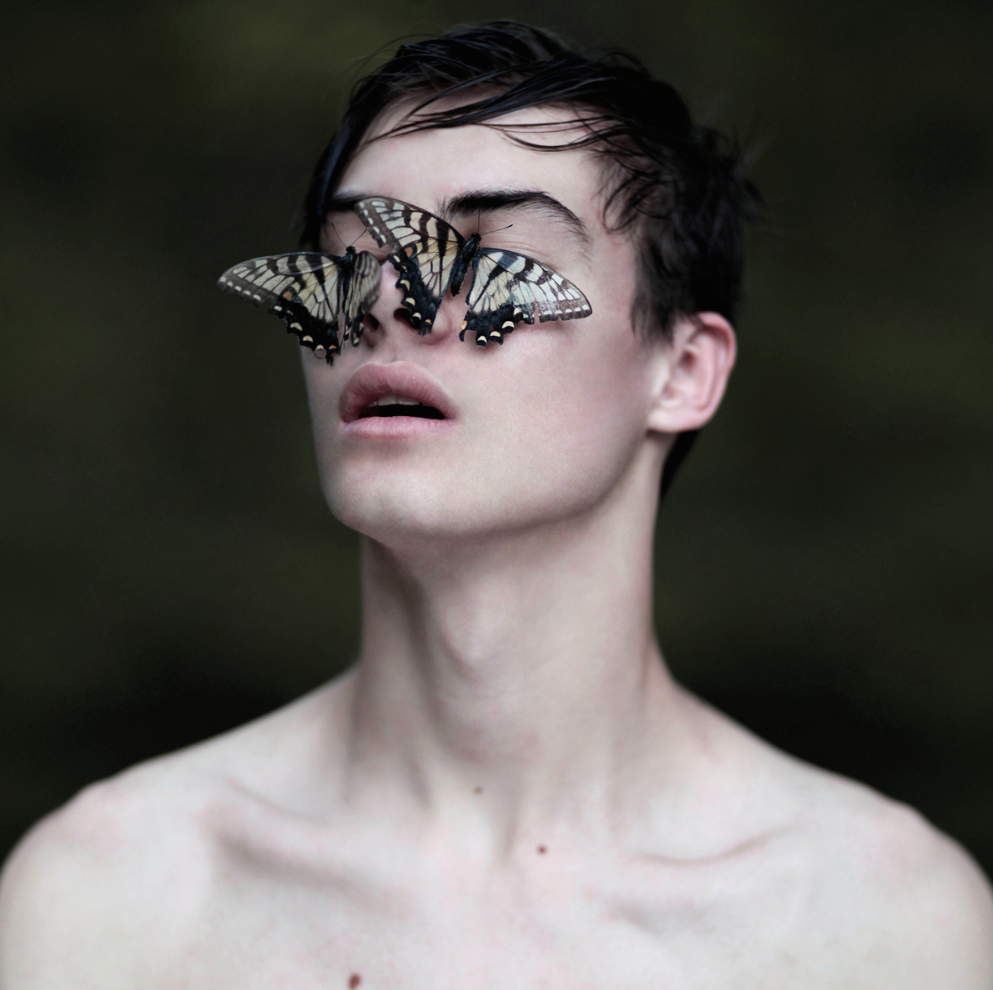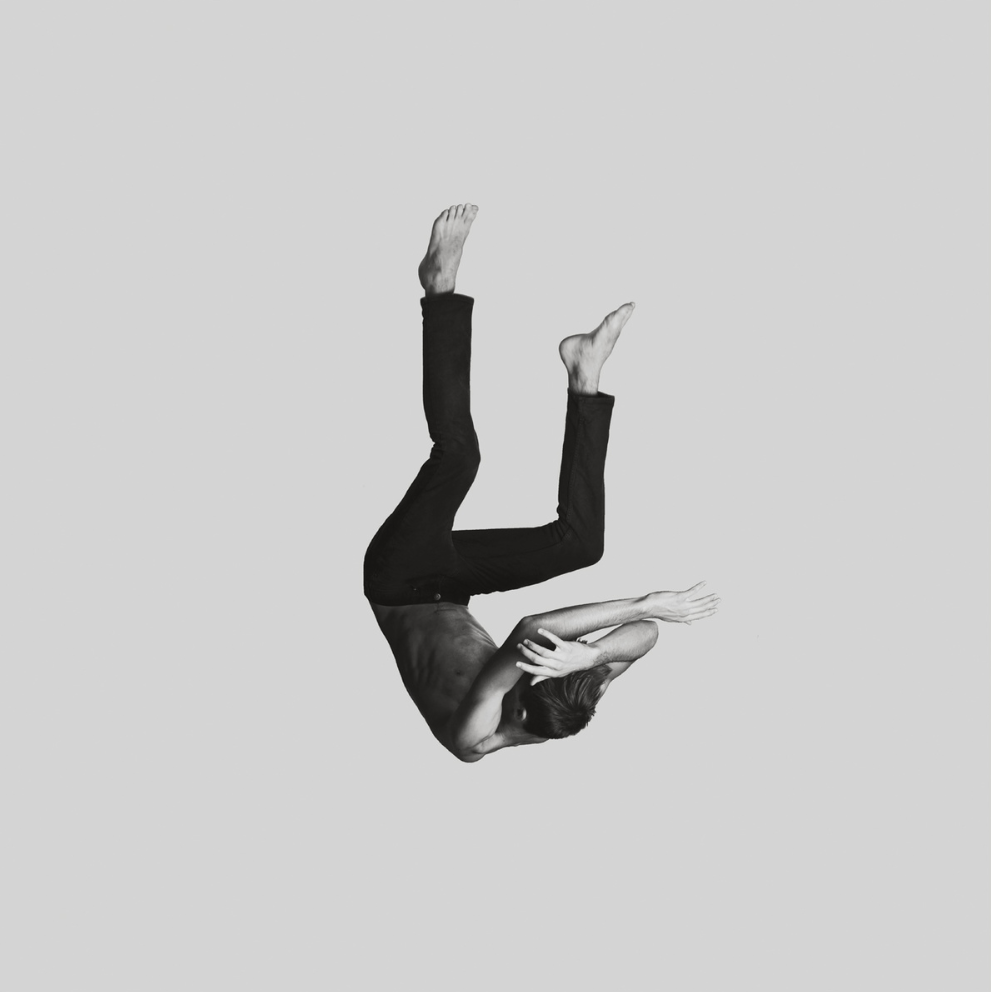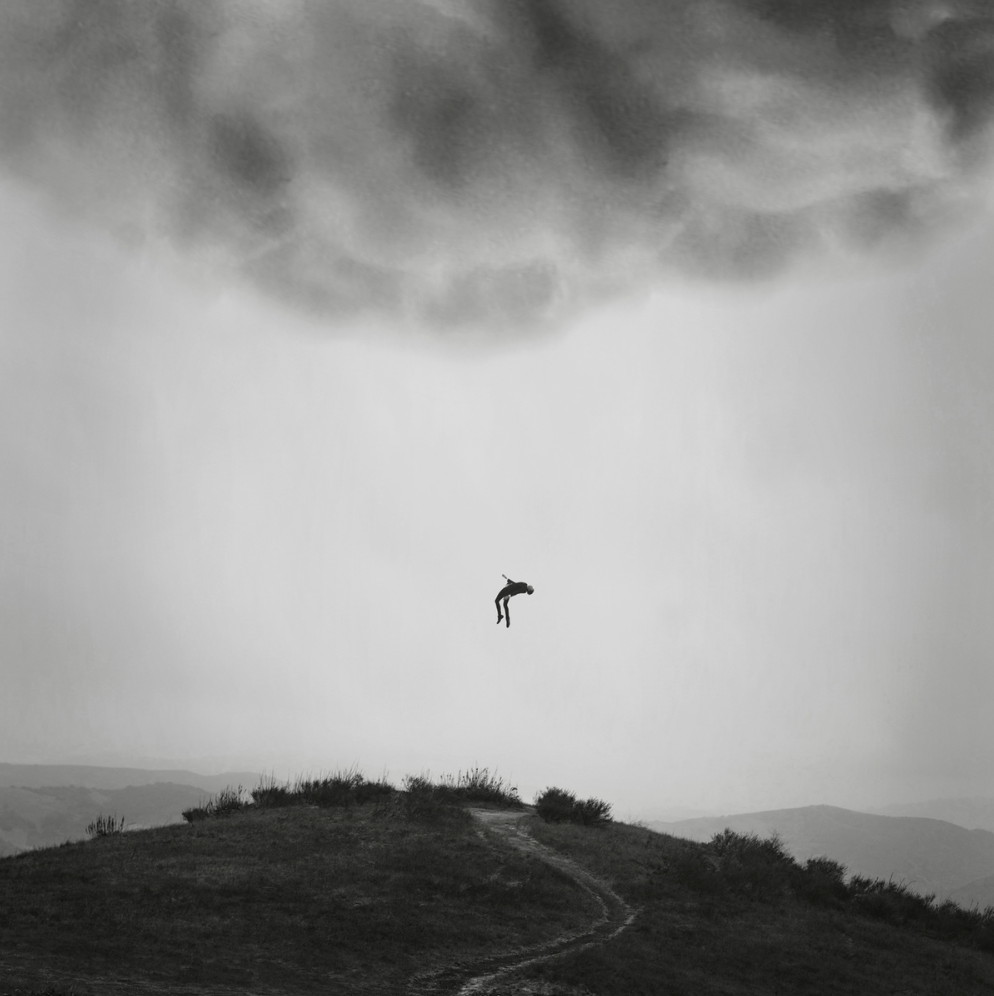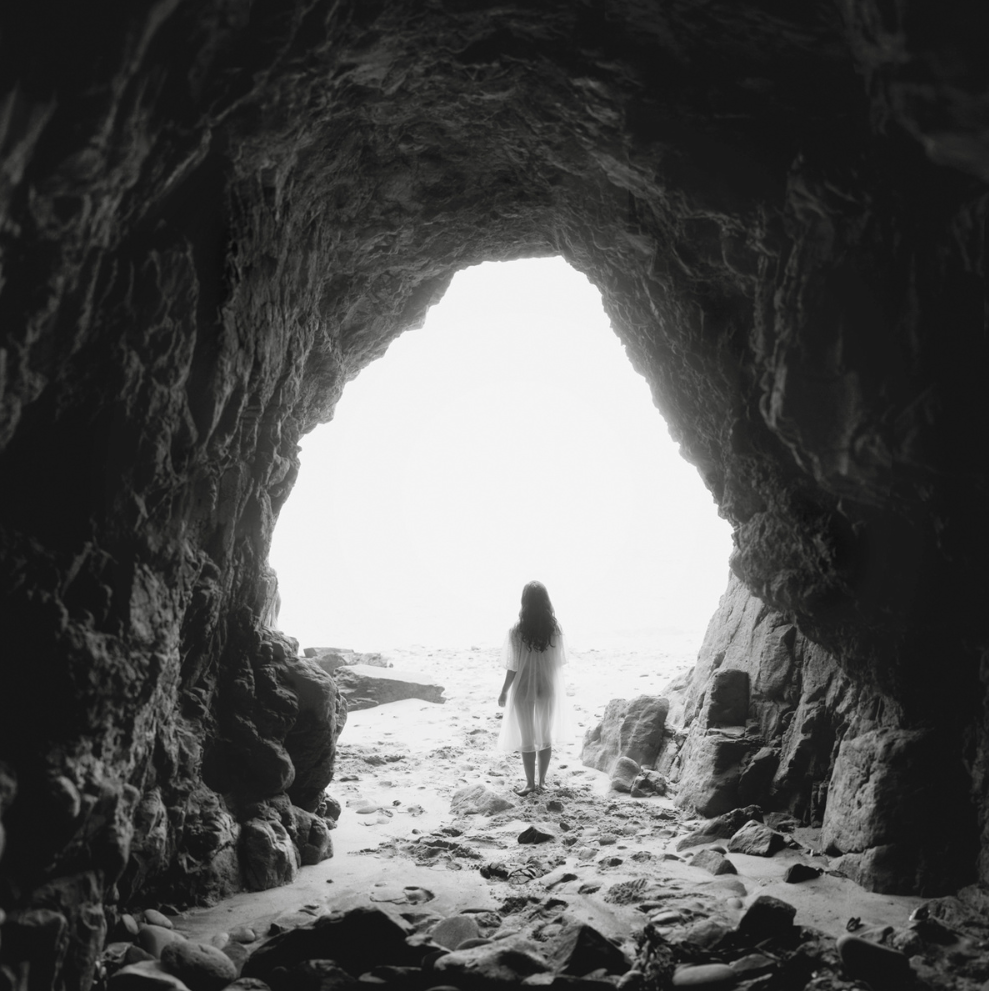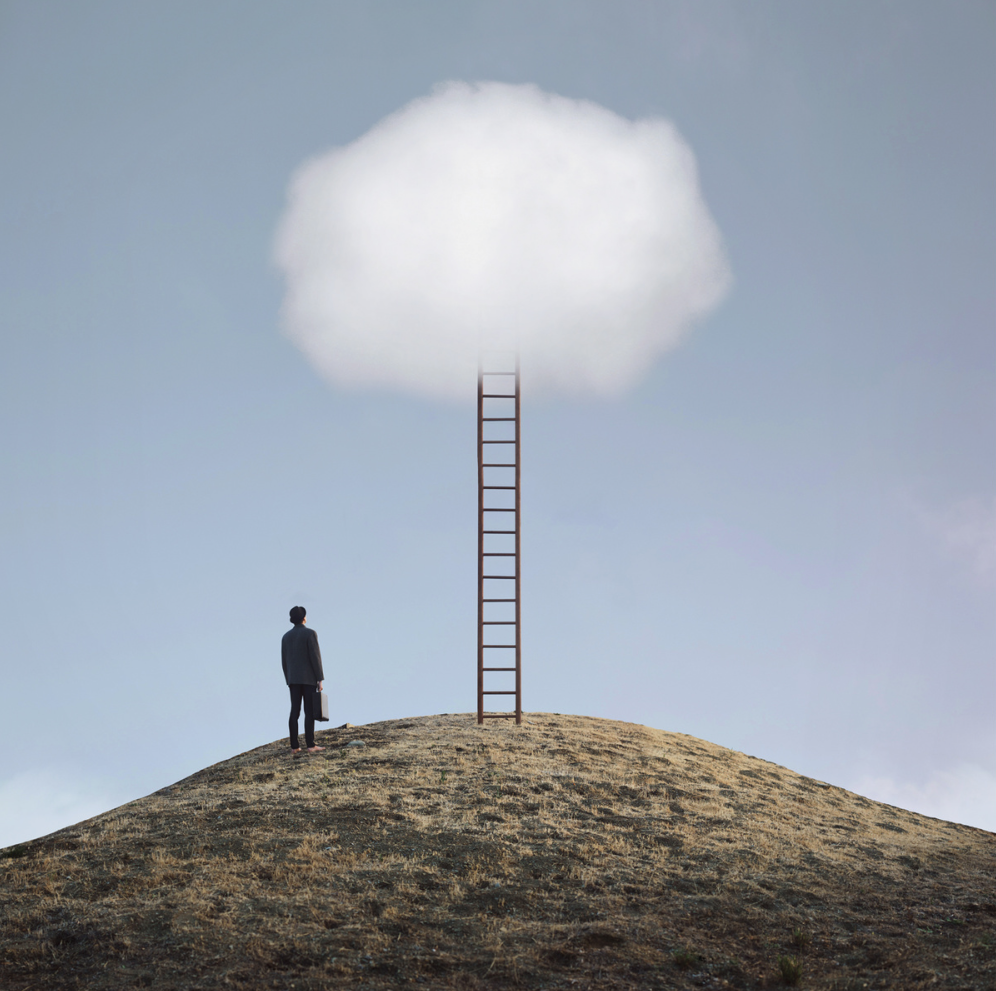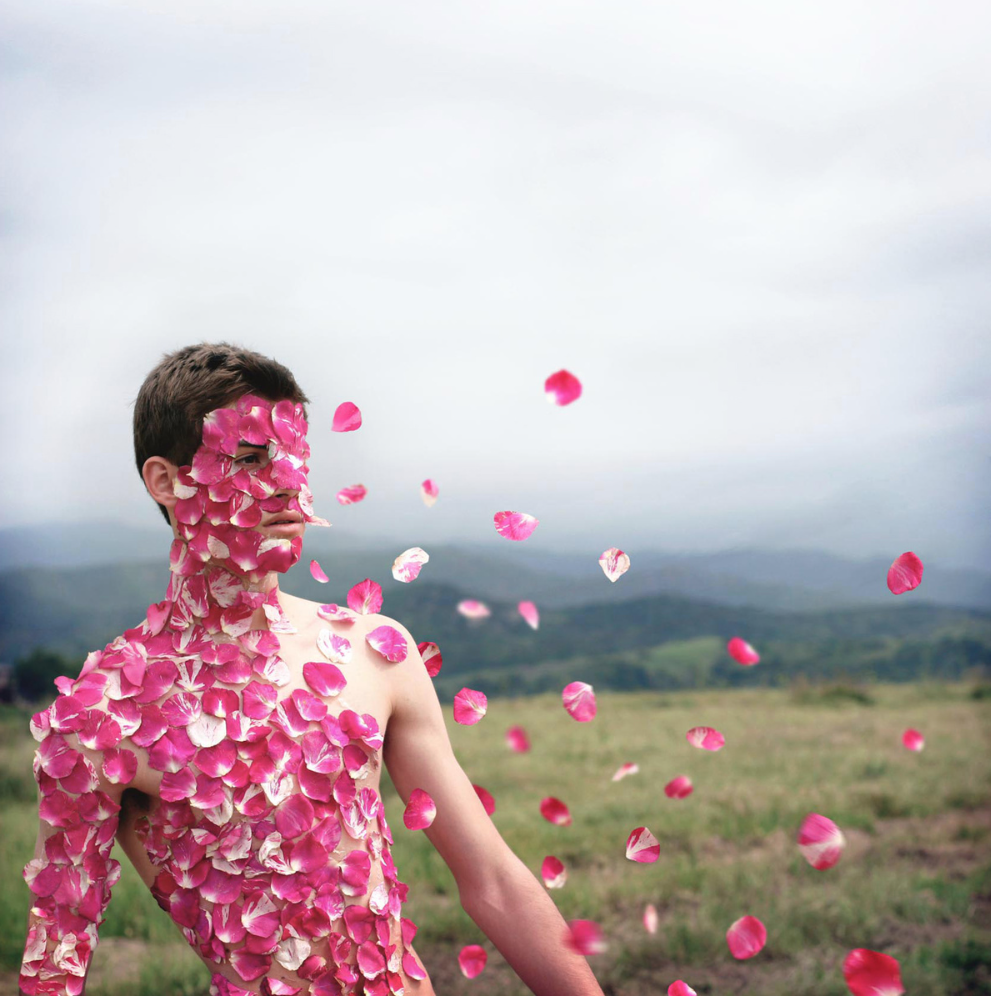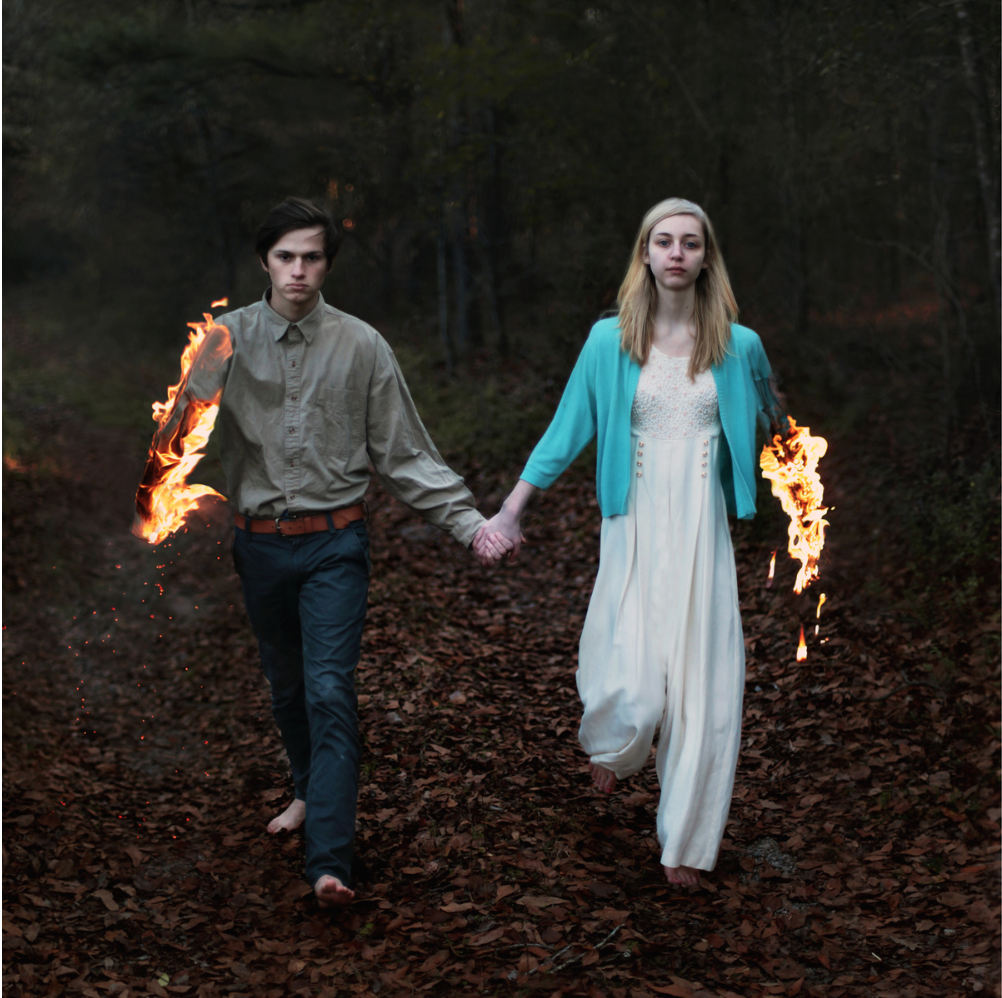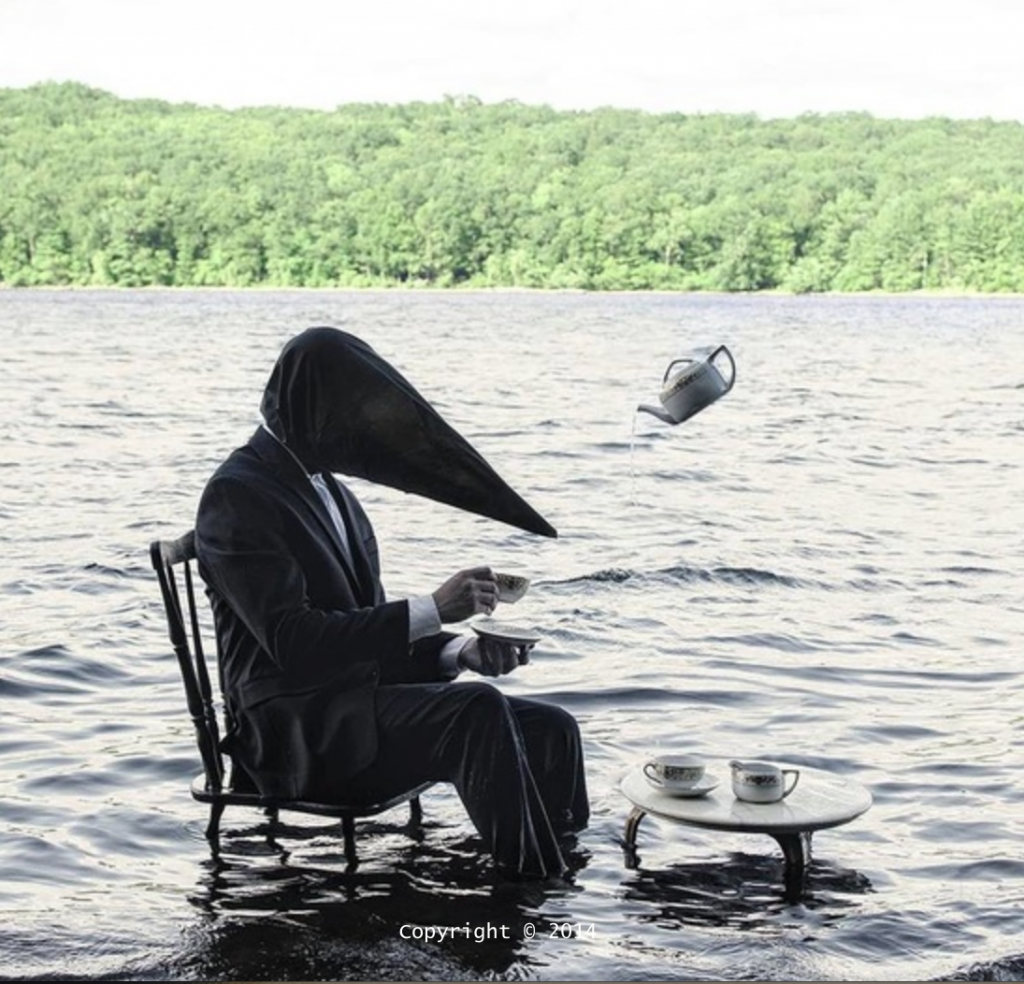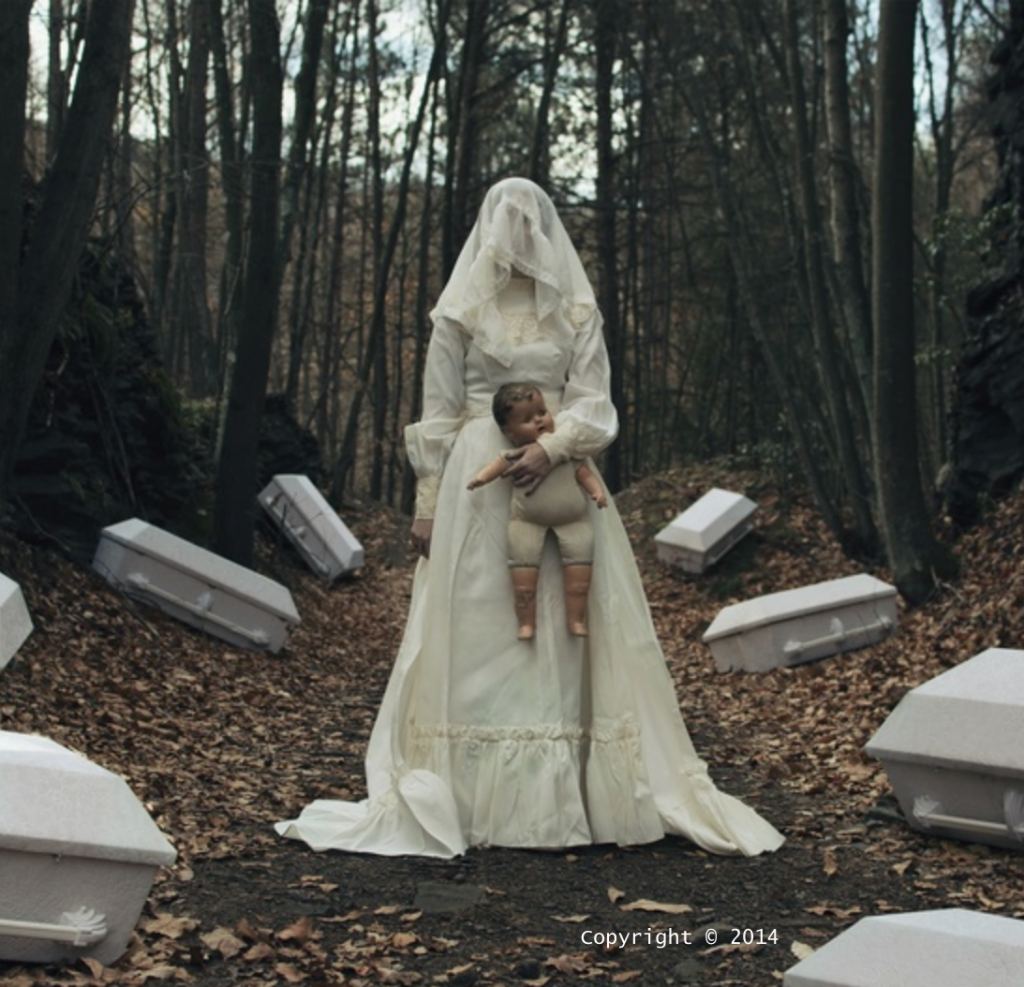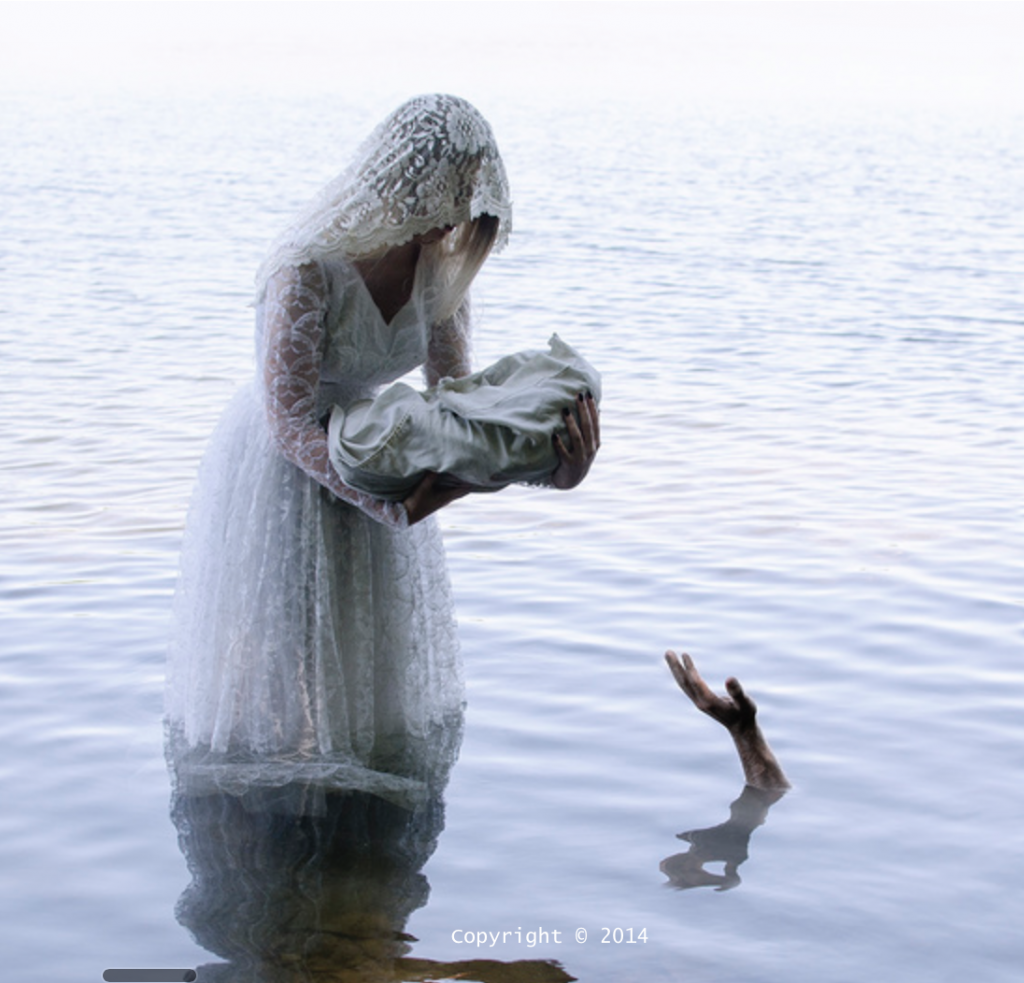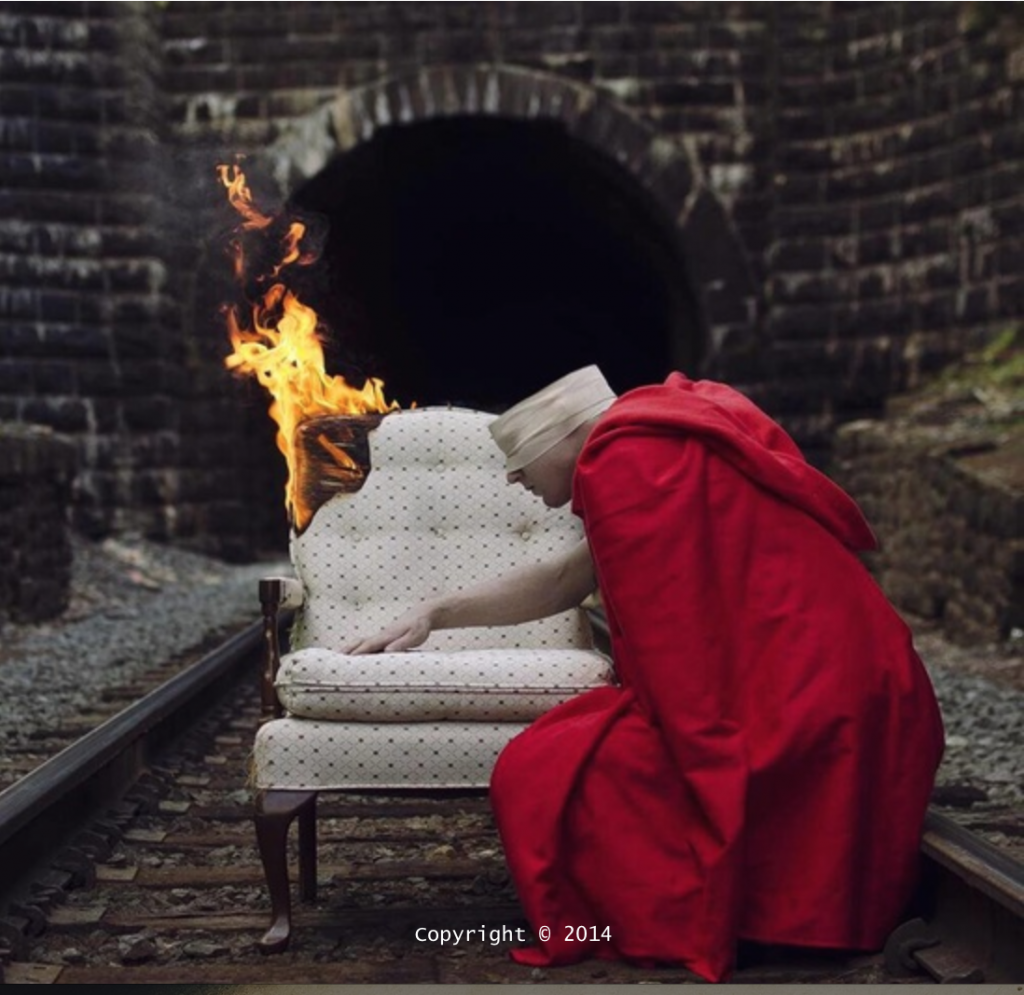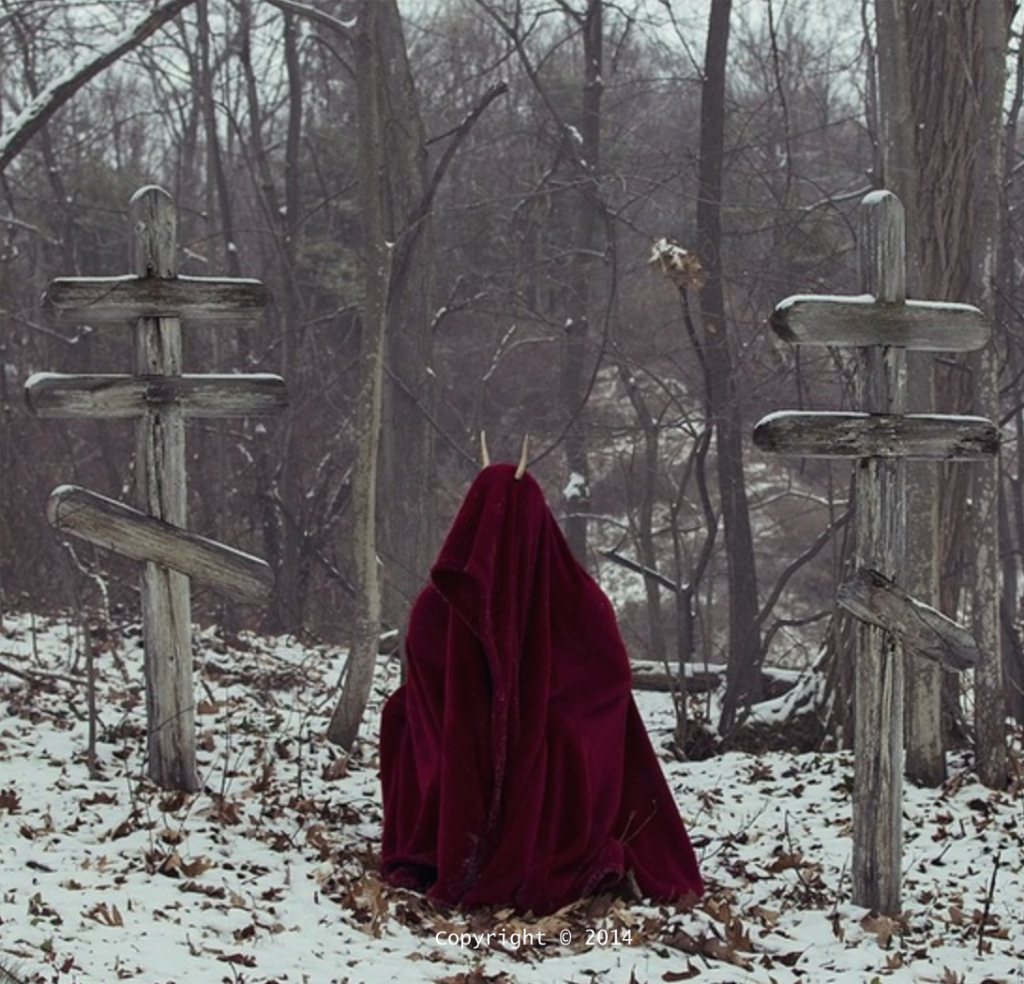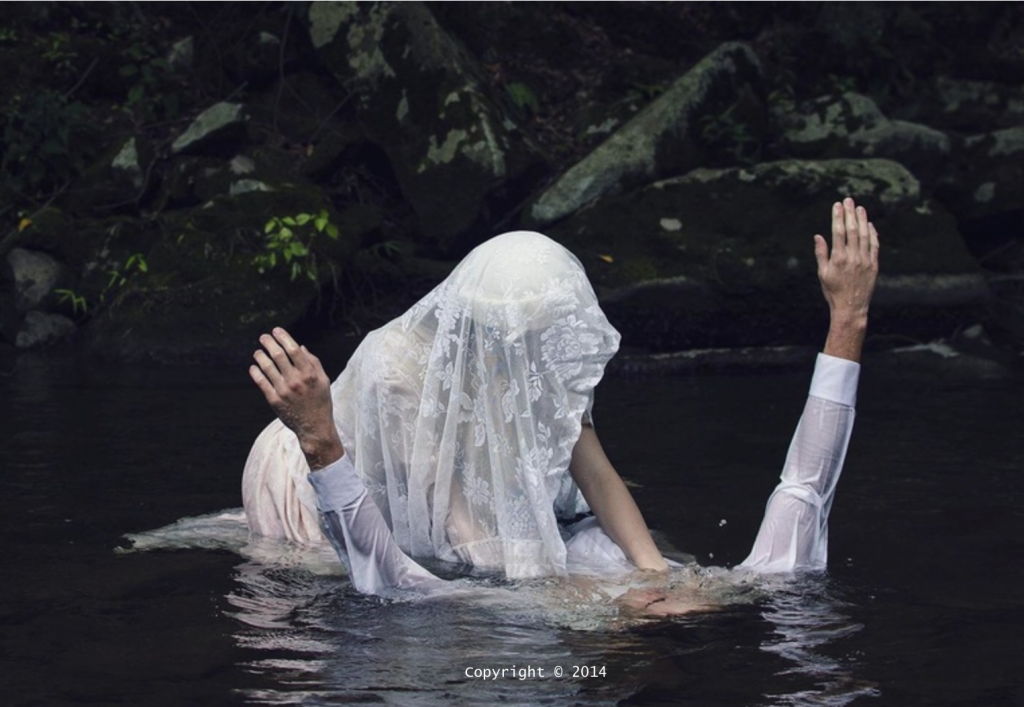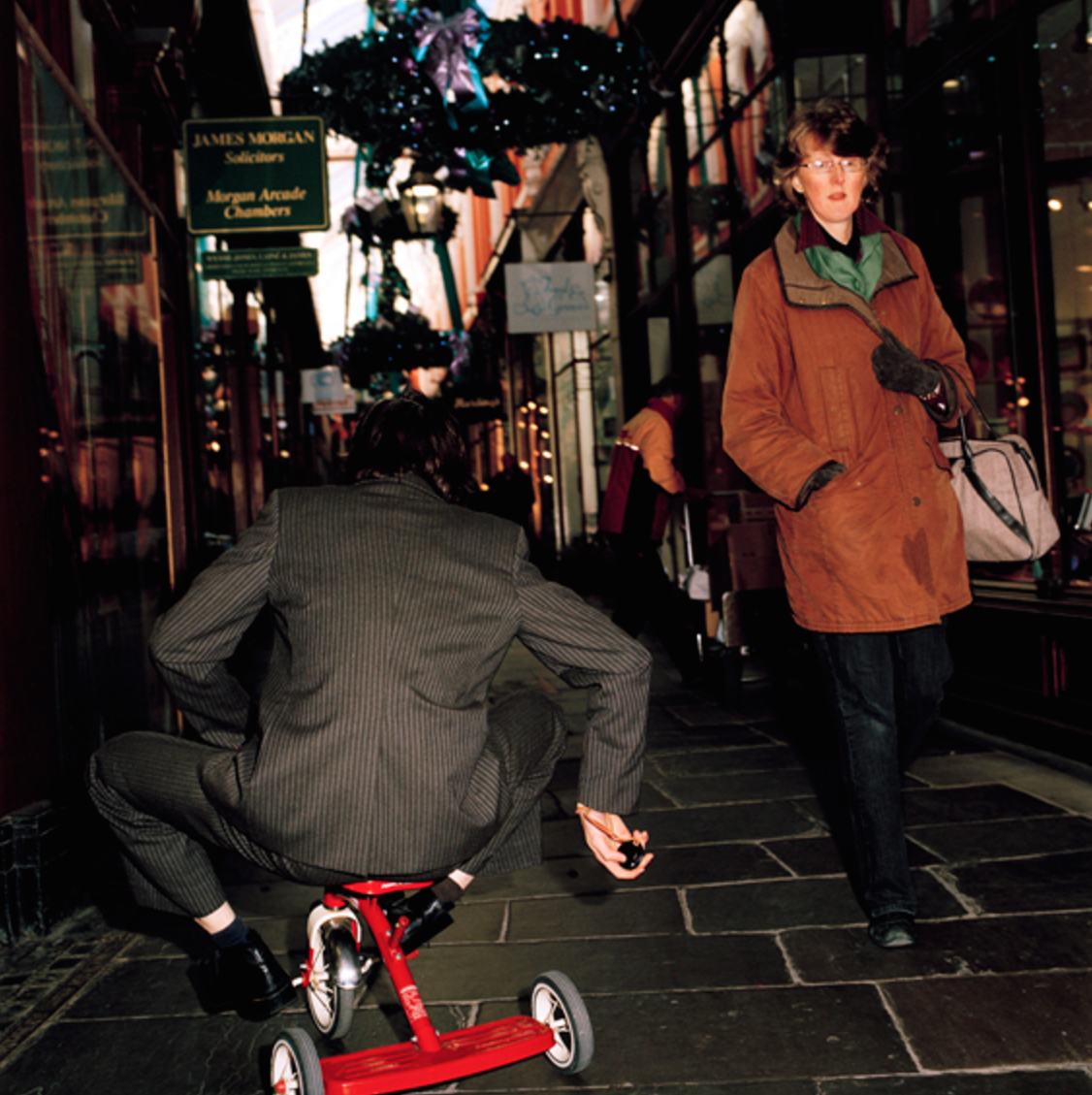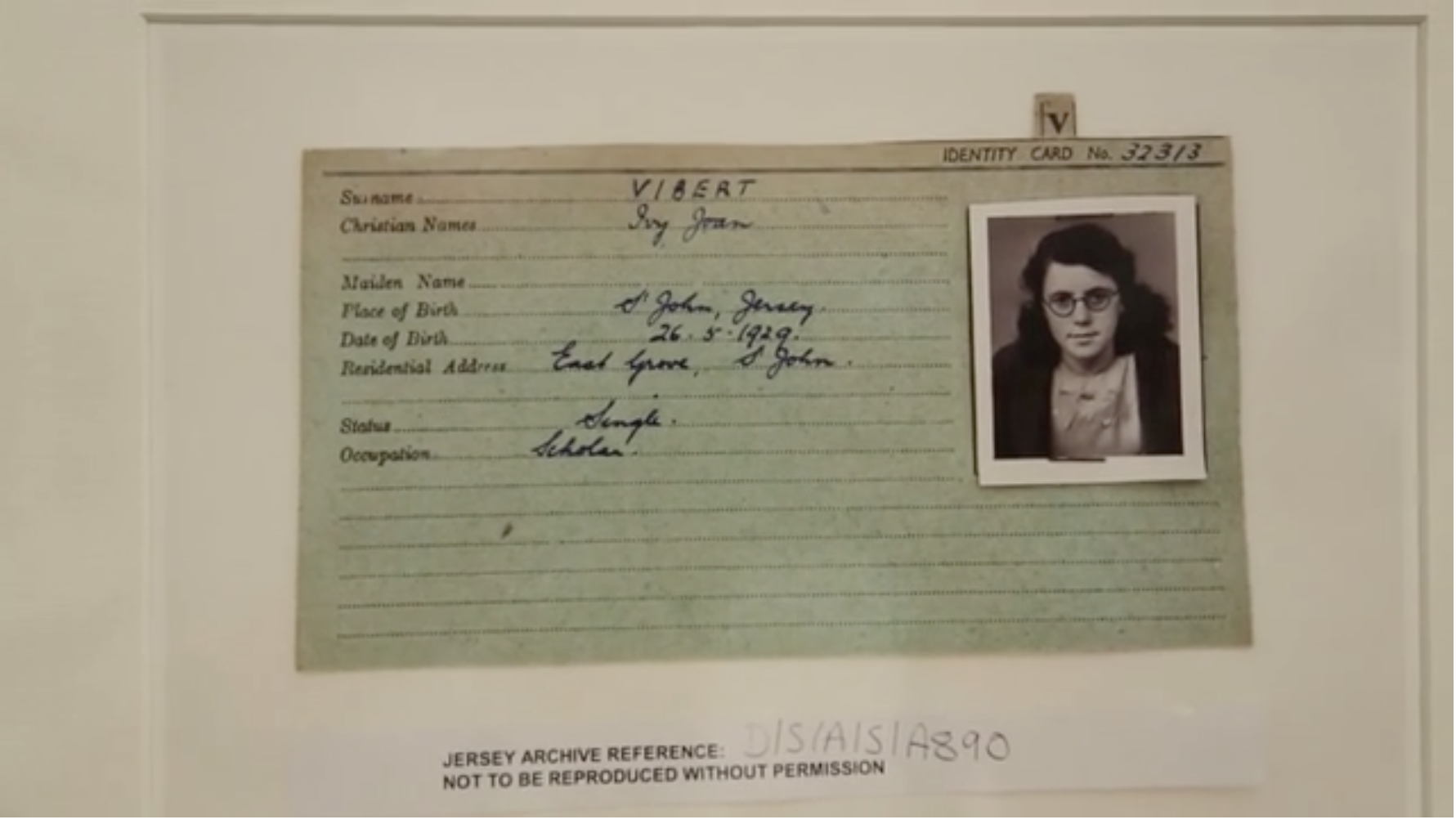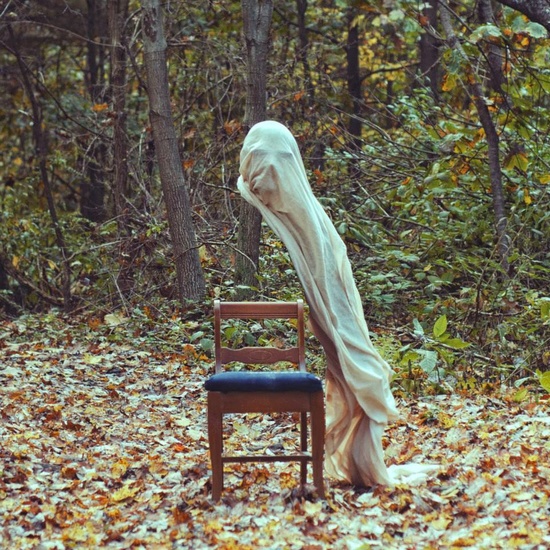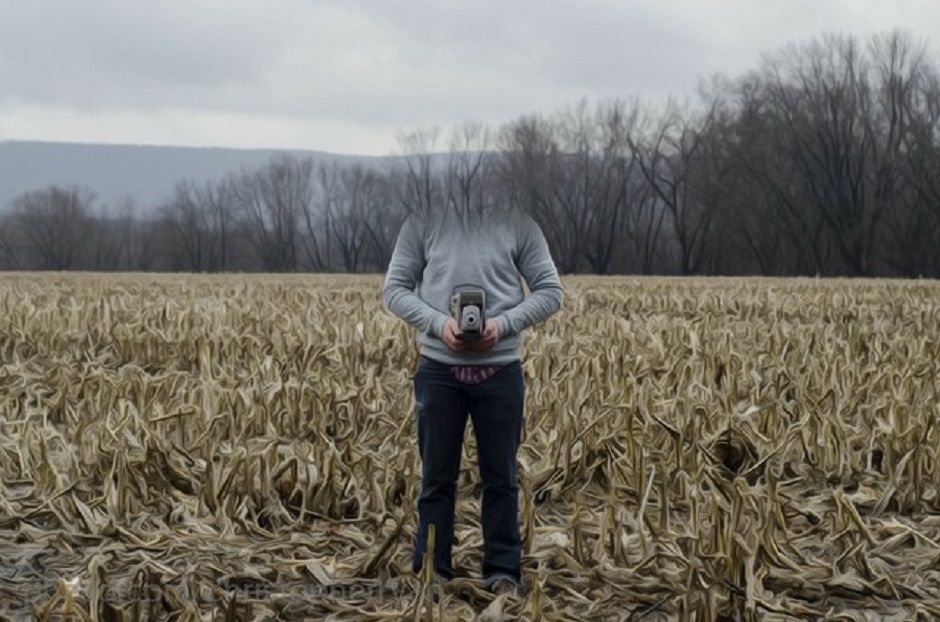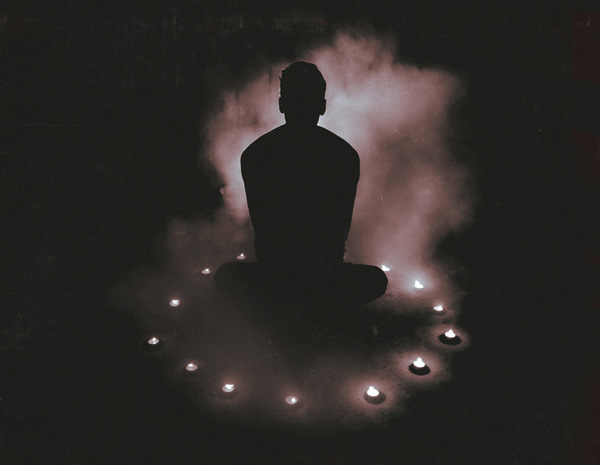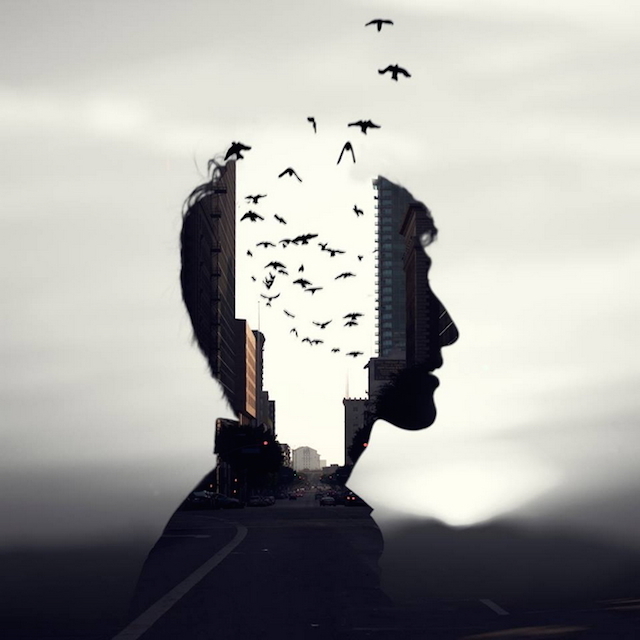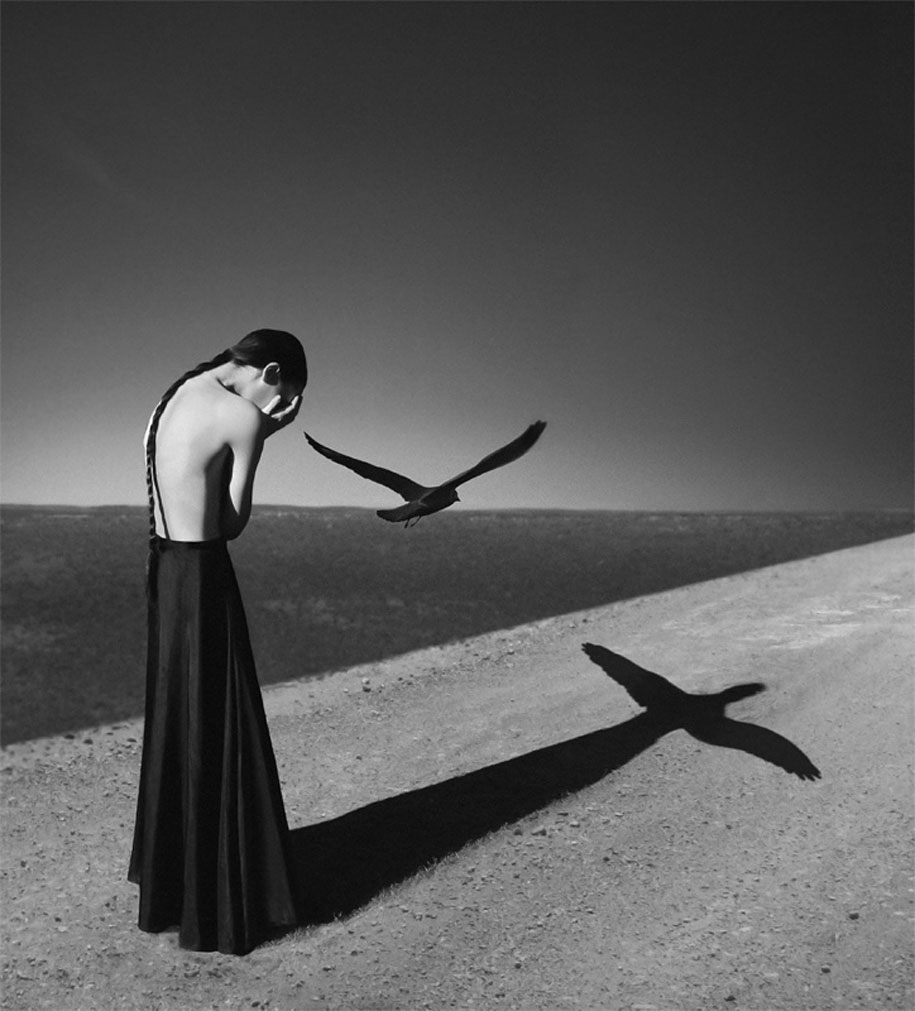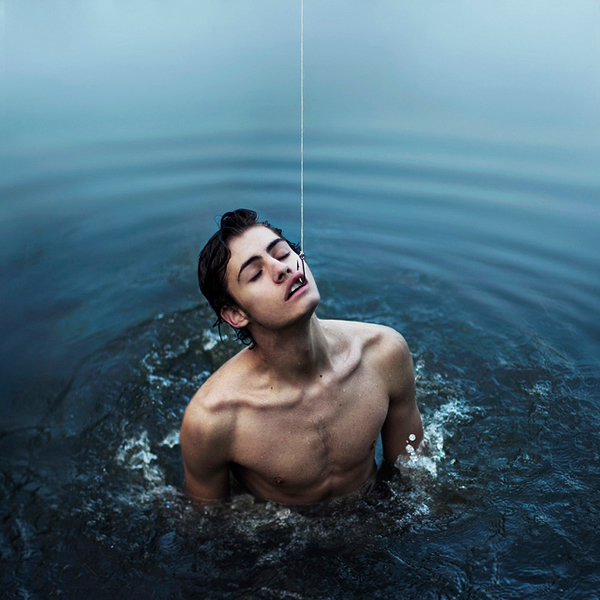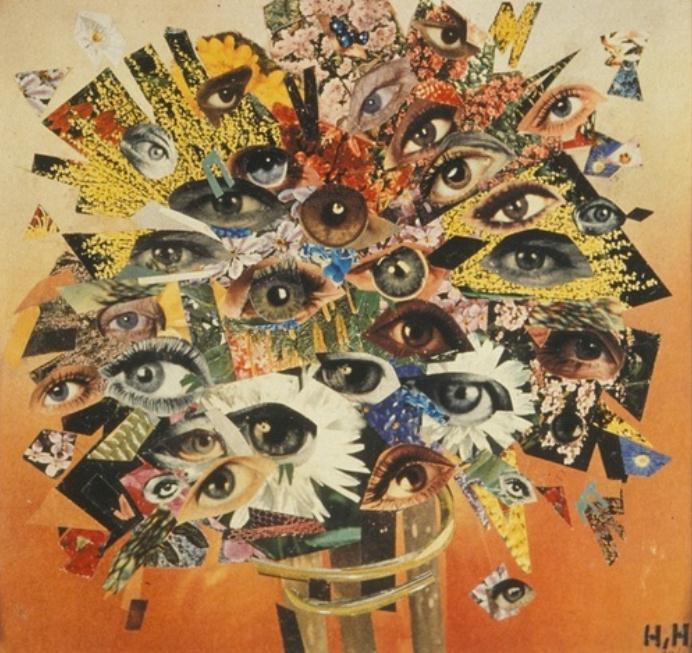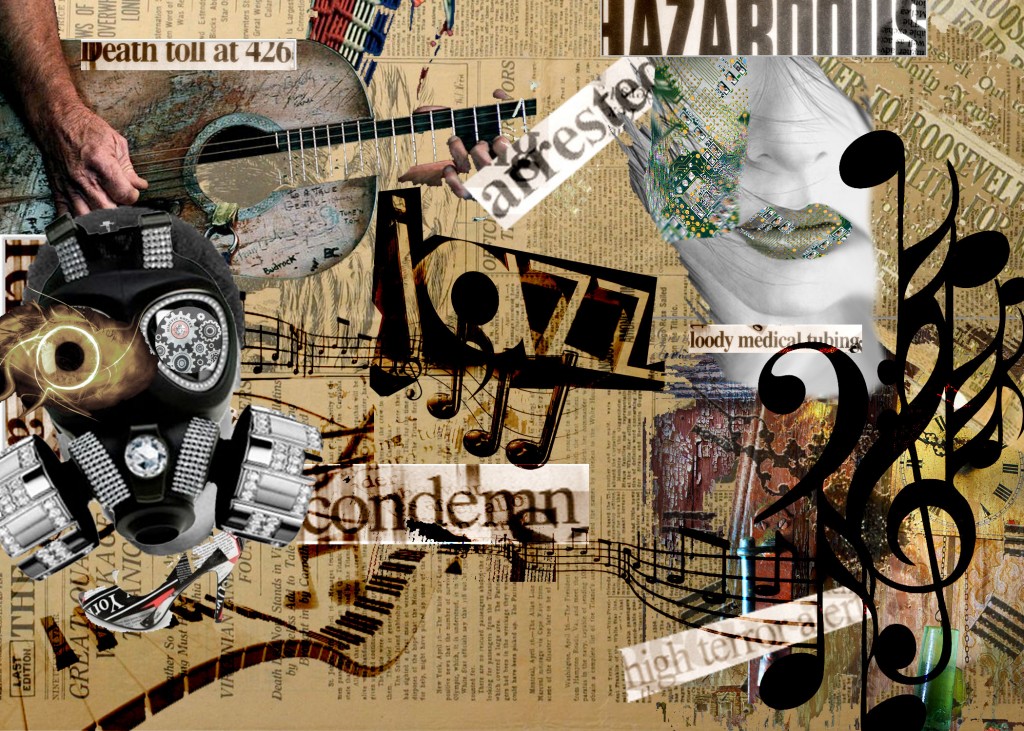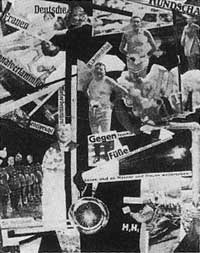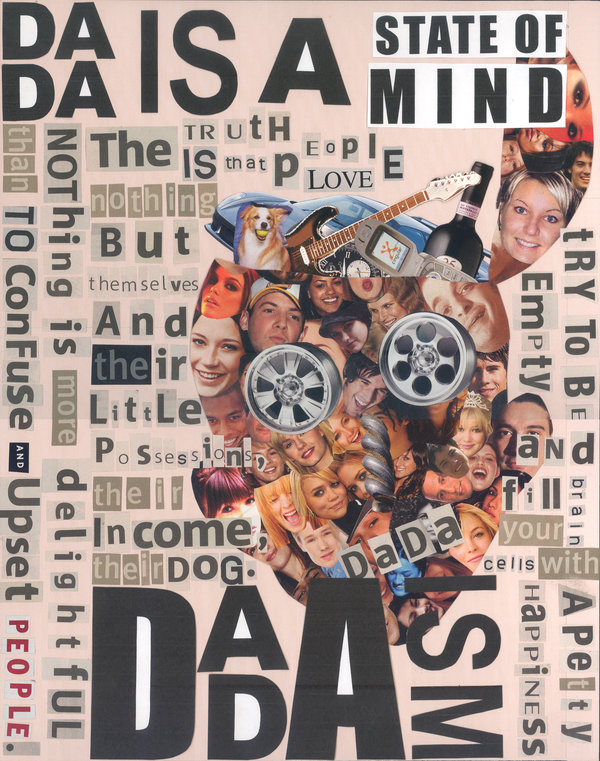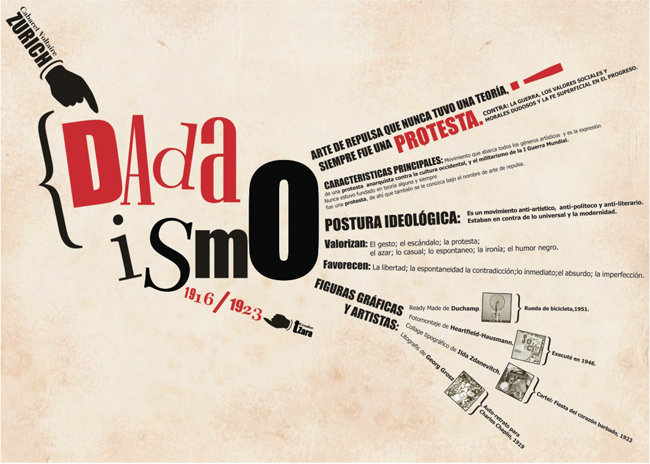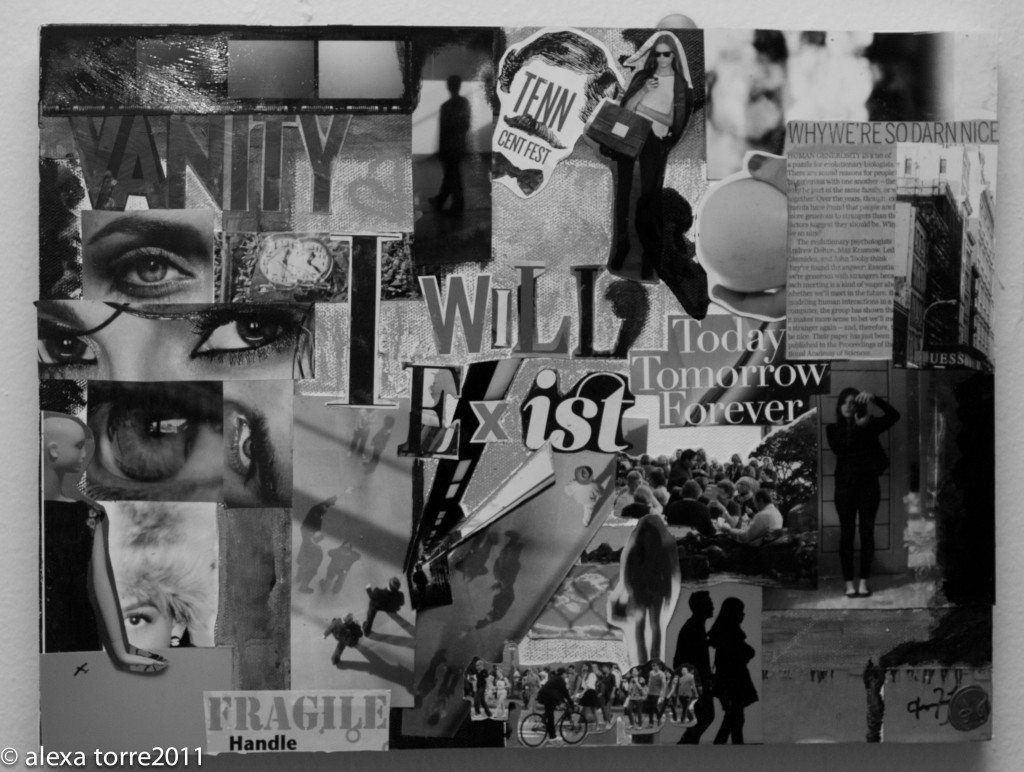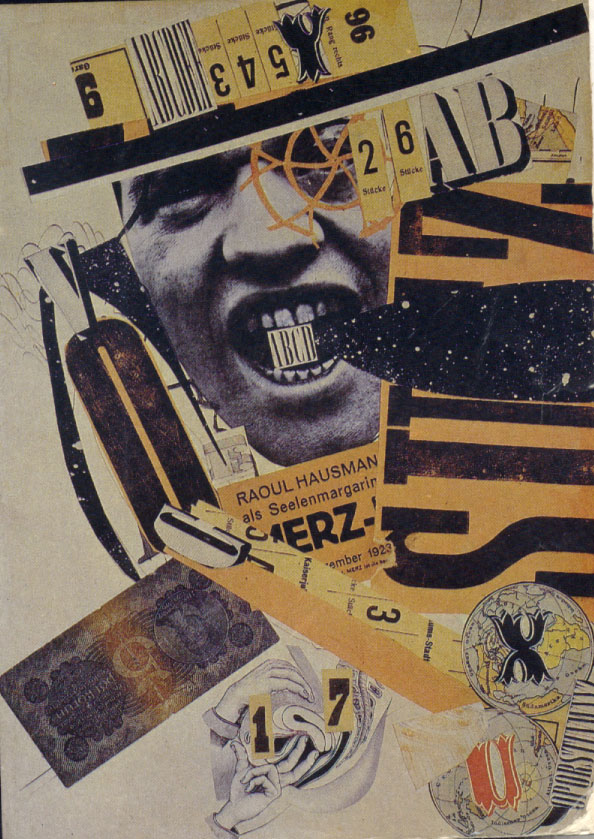For this shoot I took a lot of inspiration from Christopher Mckenney, a surrealist photographer. I really enjoy his work and find it visually interesting. I think that this really gives off a dream-like reality as a lot of his work shows clothing without the person’s bare skin ever being shown. I adopted this idea for my own work and in some photos did a similar thing and others I got some inspiration from his work and put my own little twist on it. I enjoyed editing these too. I thought this style was great as it isn’t something you see every day, its weird and unique, it makes for a really interesting photograph and I like how experimental it is.
I find much of Mckenney’s work very intense and with a deeper meaning but my photographs do not hold the same meaning. My photographs aren’t supposed to make sense, they allow people to broad their minds and to think more in-depth than they usually would to really try to understand what I am trying to portray to them but the real meaning of my surrealism photographs is simply what the spectator thinks of them. There is no right or wrong specific meaning behind them, I want to give room for people to bring their own meaning to my surrealist photographs. Although, if I had to portray meaning in these photographs I would say how in our society we often judge people by what they look like and how they dress. We as humans don’t tend to see someone for their individual personality but we first judge them on their physique and we don’t allow them to first talk to us as we have already got our first impression and opinion of them. I want to say that people are quick to judge and if we only ever saw someone for their physique then we would live in a very different world, an invisible one whereby everyone hides behind their clothing and objects instead of embracing their bodies and accepting others for what they look like and who they are.
http://www.christophermckenney.com
An image that particularly caught my eye was the one below.
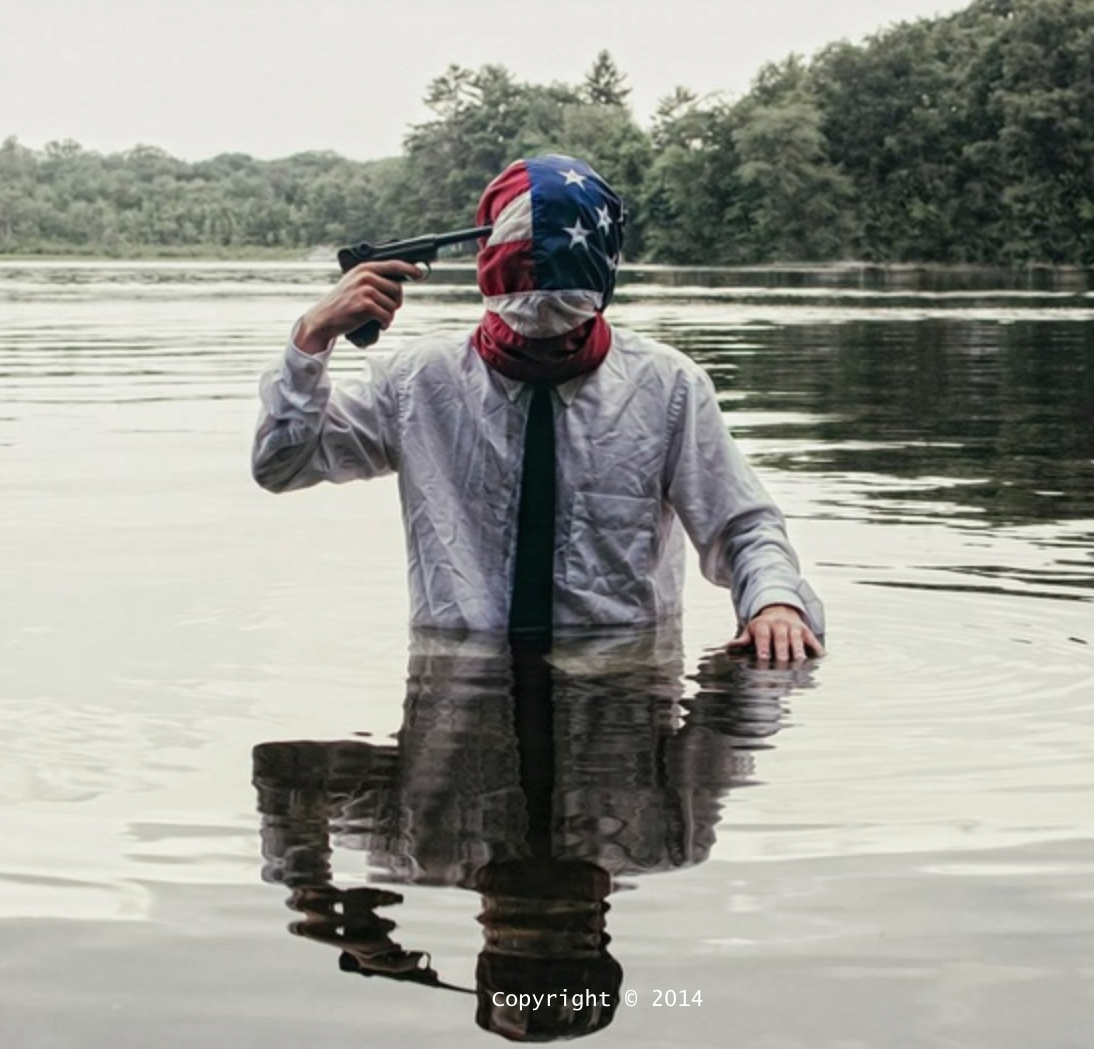
I find this image very hard hitting. The American flag wrapped around the subjects head and the suit the subject is wearing makes me think of the American Dream and that if you can make it there you can make it anywhere. The gun, to me, represents the pressure of being successful has brought on the subject and that the dream isn’t all its made out to be. The fact that the subject is submerged in water makes me think that he possibly doesn’t want to be found when he does shoot himself and the dream. I think this is a great surrealism piece as it isn’t something you would ever expect to see in real life, especially the American flag wrapped tightly around the subjects face. The background looks very dull and gives more of a chilling atmosphere to add the the main prop of the gun in the image. I really enjoy this and think that it is a great visual representation of how people may actually feel and really embodies surrealism. I really enjoy the reflection of the subject in the water which adds more to the image. Overall I think that this is a really great image and can say a lot about the subject and is a great surrealist piece. I really want to explore this movement further and come up with some more ideas with a deeper meaning behind them.
Surrealism Plan/Ideas:
Images all in woods/forest
– Subjects legs and shoes only on a log with everything else rubbed out
– Image of subject holding balloon up on a long coil of string. Wearing black hat. Face rubbed out/or balloon covers it [experiment with swapping face of balloon with face of model]
– up close shot of subject with black hat on holding balloon in front of face, everything rubbed out accept balloon, hair and hat
– sheet covers certain parts of body all bare skin/clothing out of sheet is rubbed out
– image of subjects clothing but all bare skin is rubbed out
In this project I was able to imbed chance, change and challenge. It was a bit of a chance to guess how he managed to create him work. For this I took a photo of the background image and then got my subject to stand in front and I positioned them how I wanted them and then in Photoshop layered the images on top of one another and used the eraser tool to create a new image where the bare flesh of the subject isn’t there at all. It was also quite challenging as it isn’t something that I would usually do and a lot of people may not understand it but I did actually really enjoy it and thought that it was successful. The change is also the style of the photograph and my experimentation with surrealist photography which also ties into performance photography. My subject has to stand in various odd positions in order to create a good photograph and to make them as visually interesting as those of Christopher Mckenney.
Here are the images I made as a response to Surrealism photography, specifically Christopher Mckenney.
Invisibility Cloak
For this shoot I went with the theme of not being able to see any bare skin. I like the idea of this as I wanted to portray people as invisible and can only be seen for their clothing. I wondered what it would be like to live in a world where everyone is invisible and whereby instead of hiding behind clothes to cover ourselves we use them as a way to be identified, to express ourselves and to make our presence known.

